Serengeti Migration Photo Safari, September 2024
In September 2024 Andy Biggs will lead a private group of photographers to the Serengeti to photograph the wildebeest migration as it approaches the Mara River . This small group safari combines some of the finest wildlife photography anywhere with hands-on photographic instruction. We have selected specific camps to create a private safari geared specifically toward serious photography and game viewing.
This safari takes place during the the annual wildebeest migration in Tanzania’s Serengeti. The camps visited will be on both sides of the Mara River in the northern Serengeti, offering the best opportunities to witness and photograph the migration as it crosses over the Mara River. The safari combines two different camps in the Serengeti, each camp on different sides of the Mara River, increasing our chances for great crossings.
Tanzania, south of Kenya on the African continent's Indian Ocean coastline, lays claim to the title Home of the Safari, since the word itself is taken from the Swahili word that means "journey." While Tanzania's Kenyan neighbors may dispute that claim, there is no doubt that Tanzania offers one of the best environments in the world for an enriching wildlife experience. The country's game viewing opportunities are considered by many to be the best in Africa. Its game parks are populated with many of the world's most exotic creatures, including all of the "Big Five." Its lakes are huge and bountiful with fish. Its cities are relaxed and friendly. Yet, to a greater degree than is true of many of its neighbors, this sprawling county, the largest in East Africa, remains untouched by the vacationing hordes.
SAFARI HIGHLIGHTS
We have private vehicles throughout the entire safari, with only 1 person per row of seating (the vehicles have 3 rows behind the driver, plus a seat next to the driver if you want to be lower down to the ground.)
Knowledgeable and passionate safari guides will drive and guide us in open vehicles to help us get the images we are after.
This safari offers superb game viewing and photographic opportunities in some of the best areas in Africa.
This itinerary focuses on a real wildlife experience in very private game drive areas.
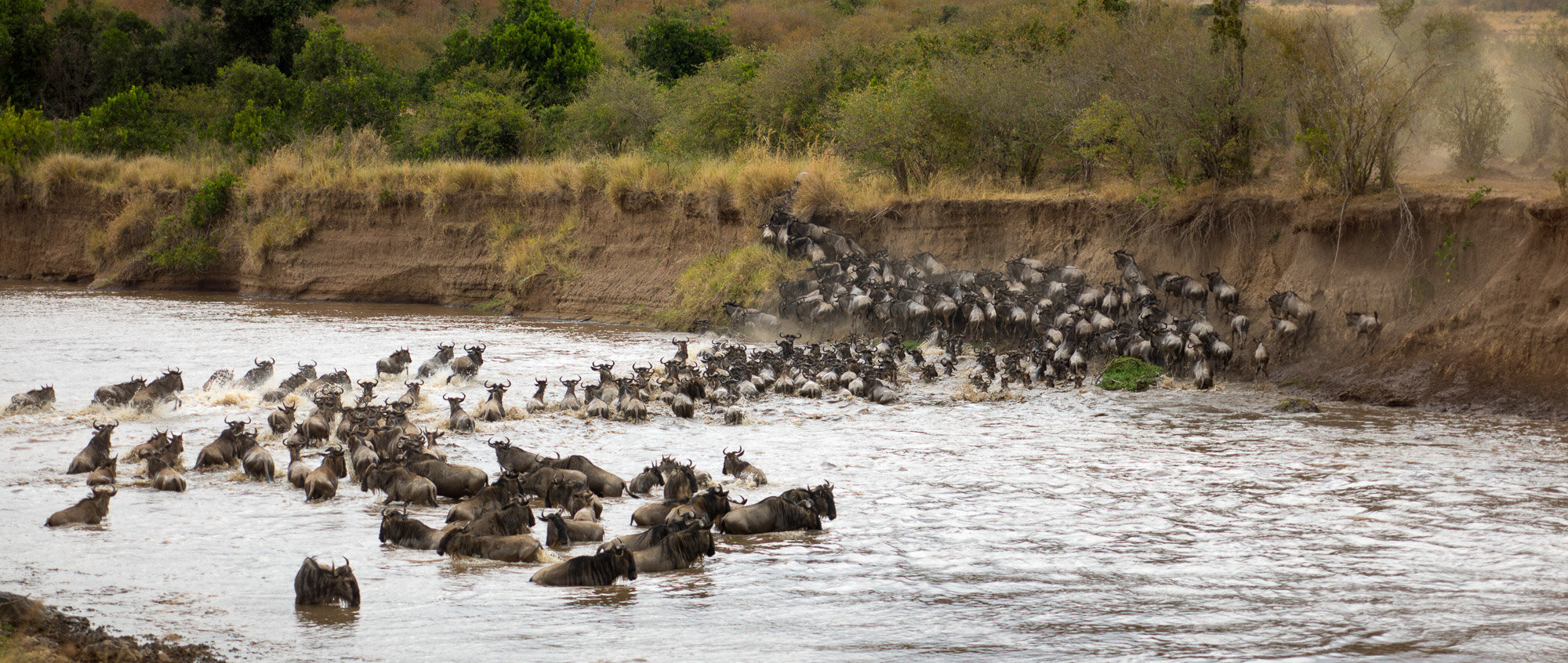


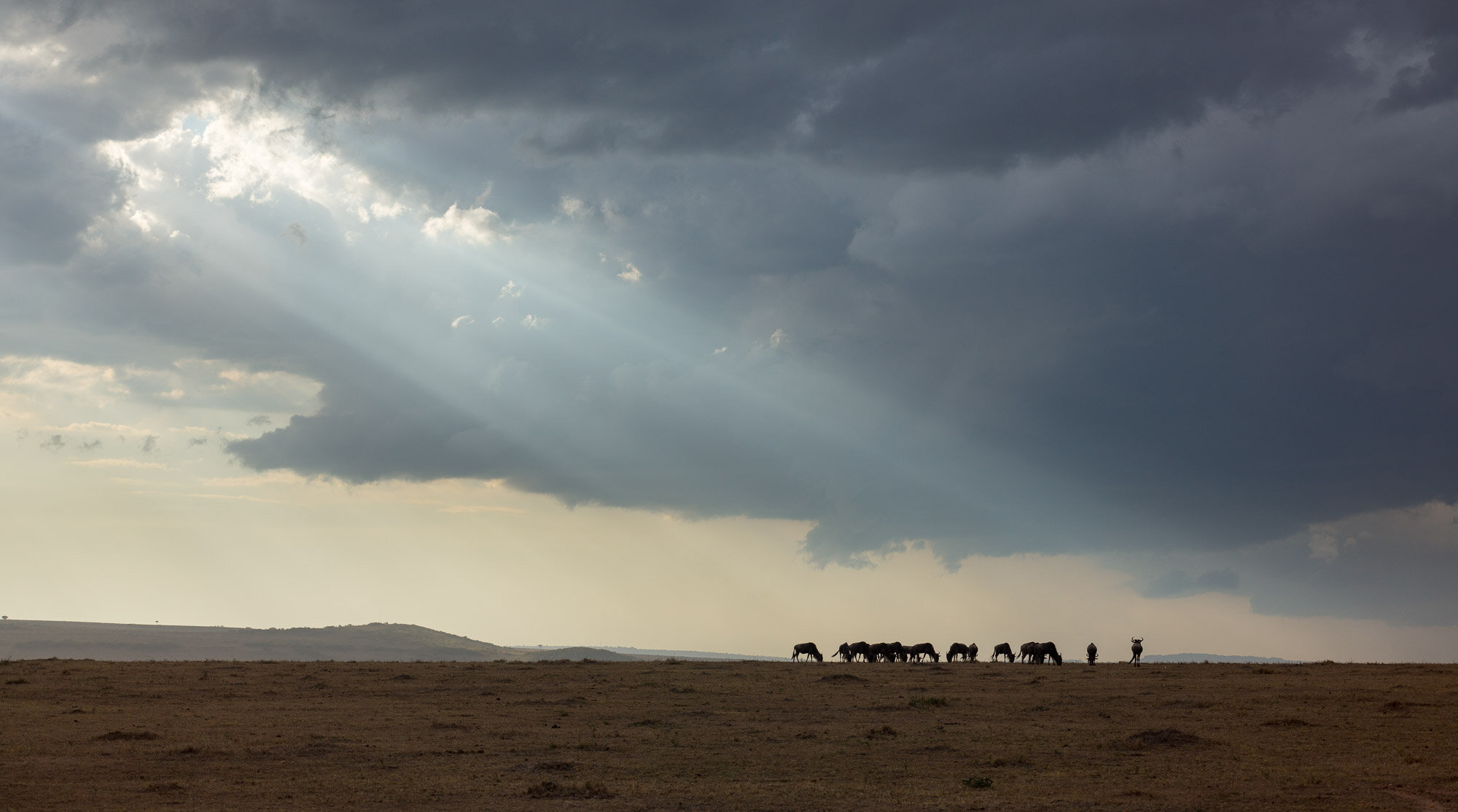

Is This Safari For You?
Here are some key points to help you decide:
1. We welcome photographers of ALL levels. This safari will be conducive to learning from one another and include instruction that will suit everyone’s photographic needs. No question is off limits, no inquiry too basic.
2. We are BIG on photographing in the field. We spend most our time and effort on safari activity and making images, however we also have time back at camp to talk about anything you would like help with.
3. Non-photographer or videographer spouses / travel companions will love these safaris. We have specialist guides leading all safari activities and optional activities are also available at any time.
The Schedule
September 17, 2024 - Arrive Arusha, Tanzania
On your arrival in Tanzania you will be met by our local representative, who will assist you with your bags and will drive you to Legendary Lodge, which is about 45 minutes away from the airport. You will be assisted with your check-in, and depending on the time of day when you arrive you can lounge by the swimming pool, walk the beautiful grounds, enjoy a nice meal on the veranda or relax by your cottage.
Overnight Legendary Lodge






September 18, 2024 - Arusha to Serengeti National Park (North) - Lamai Region north of the Mara River
Today is your day to see the Serengeti. Depart Arusha and take a short flight to the northern Serengeti plains. The Serengeti, Tanzania’s second largest national park, covers nearly 6,000 square miles of grassland plains, savanna, kopjes, hills, woodlands, and riverine forests. The Grumeti, Mbalageti, and Mara River systems serve as critical water sources and are often excellent sites for wildlife viewing. Beyond the heralded migration of wildebeest and zebra, the Serengeti is best known for its big predators, including cheetah and leopard, as well as large prides of lions and clans of hyenas. Other commonly seen animals include gazelle, buffalo, giraffe, topi, hartebeest, ostrich, and jackal, but it is the full diversity of wildlife and habitats that you will truly find amazing. The greater Serengeti ecosystem actually covers the Ngorongoro Conservation Area, the Masai Mara in Kenya, and numerous surrounding wildlife-protected lands. Combined for a total of almost 17,000 square miles, this is larger than the states of Massachusetts, Connecticut, and Rhode Island all together. Arrive at our luxury seasonal camp in time to relax, get settled into your tents and have a leisurely lunch. Your afternoon game drive awaits after a short while. From the comfort of your tent you will enjoy your first night in this extraordinary wilderness. This is the Africa you have wanted to see and now you are there, where you ought to be.
Overnight in your tented camp in the northern Serengeti, Nyasi Migration Camp
September 19, 2024 - Serengeti National Park (North) - Lamai Region north of the Mara River
The Serengeti, Tanzania's second largest national park, covers nearly 6,000 square miles of grassland plains, savannah, kopjes, hills, woodlands, and riverine forests. The Grumeti, Mbalageti, and Mara River systems serve as critical water sources and are often excellent sites for wildlife viewing. Beyond the heralded migration of wildebeest and zebra, the Serengeti is best known for its big predators, including cheetah and leopard, as well as large prides of lions and clans of hyenas. Other commonly seen animals include gazelle, buffalo, giraffe, topi, hartebeest, ostrich, and jackal, but it is the full diversity of wildlife and habitats that you will truly find amazing. The greater Serengeti ecosystem actually covers the Ngorongoro Conservation Area, the Maasai Mara in Kenya, and numerous surrounding wildlife-protected lands that combine for a total of almost 17,000 square miles, which is larger than the states of Massachusetts, Connecticut, and Rhode Island all together.
From our location in the Serengeti, we will be perfectly located to make the best of our wildlife viewing and photography. This region of the Serengeti allows for off-road driving, allowing freedom to go where we choose and choose the best angles for your images.
Overnight at Nyasi Migration Camp, northern Serengeti
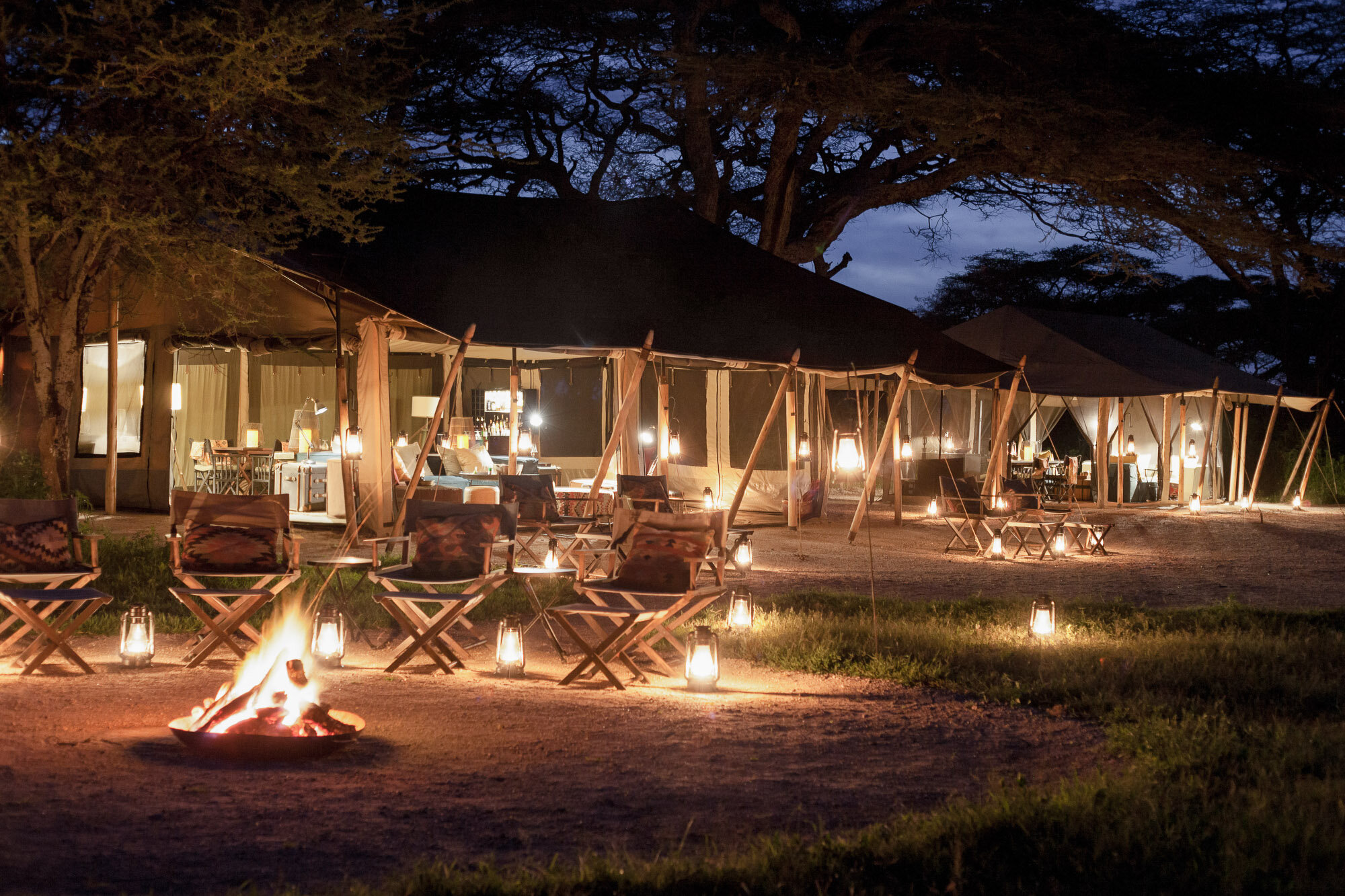
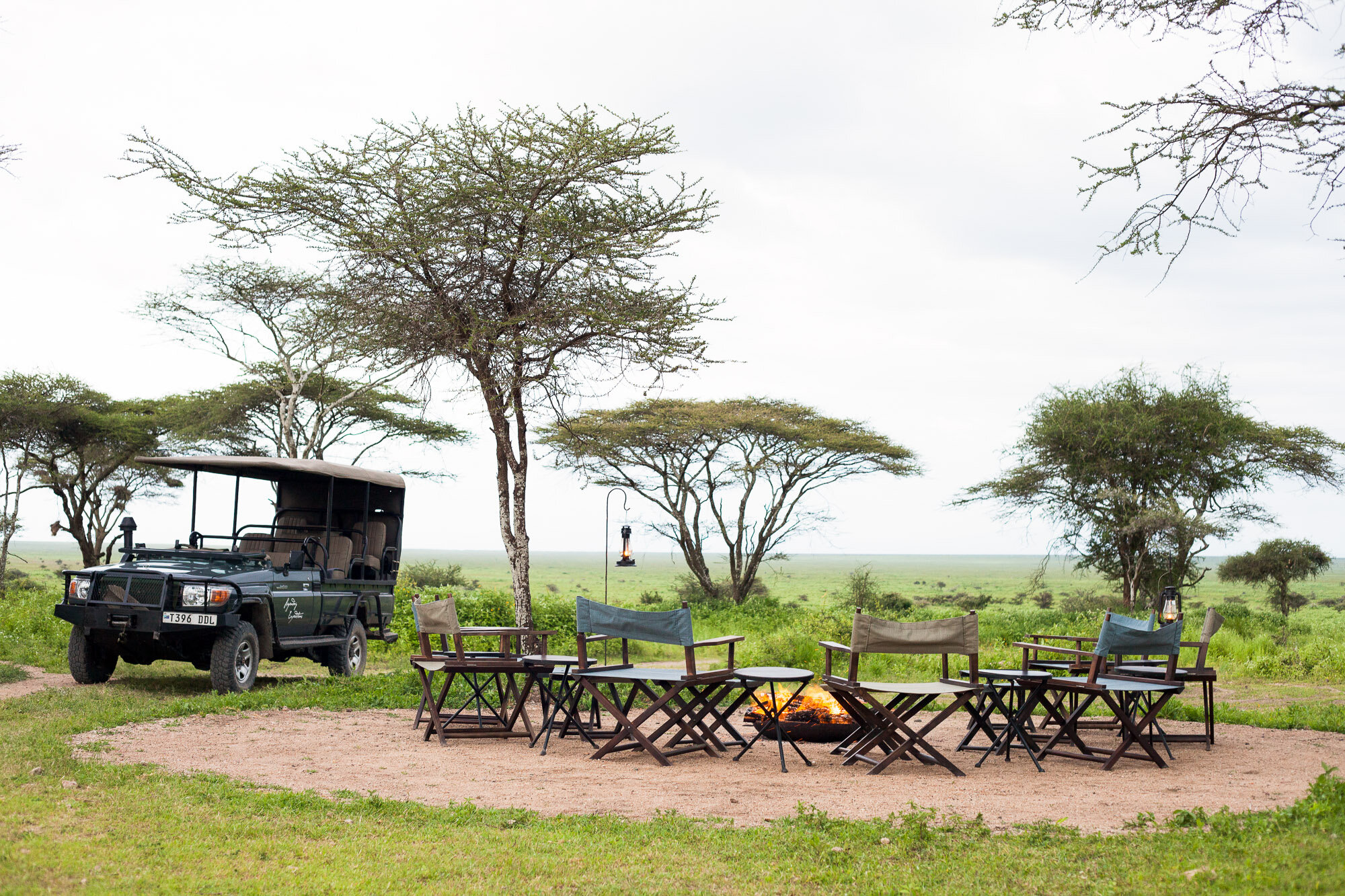
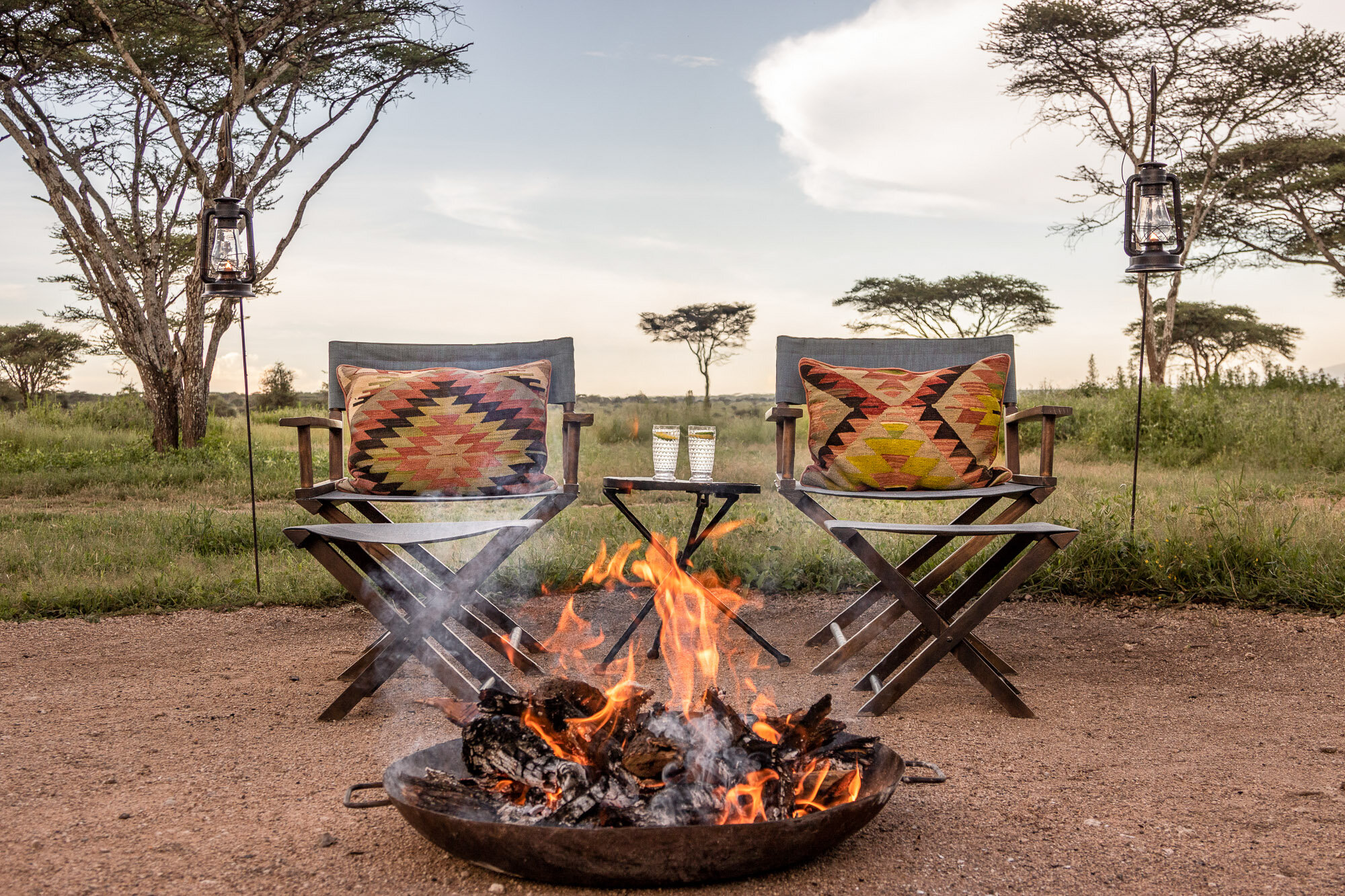
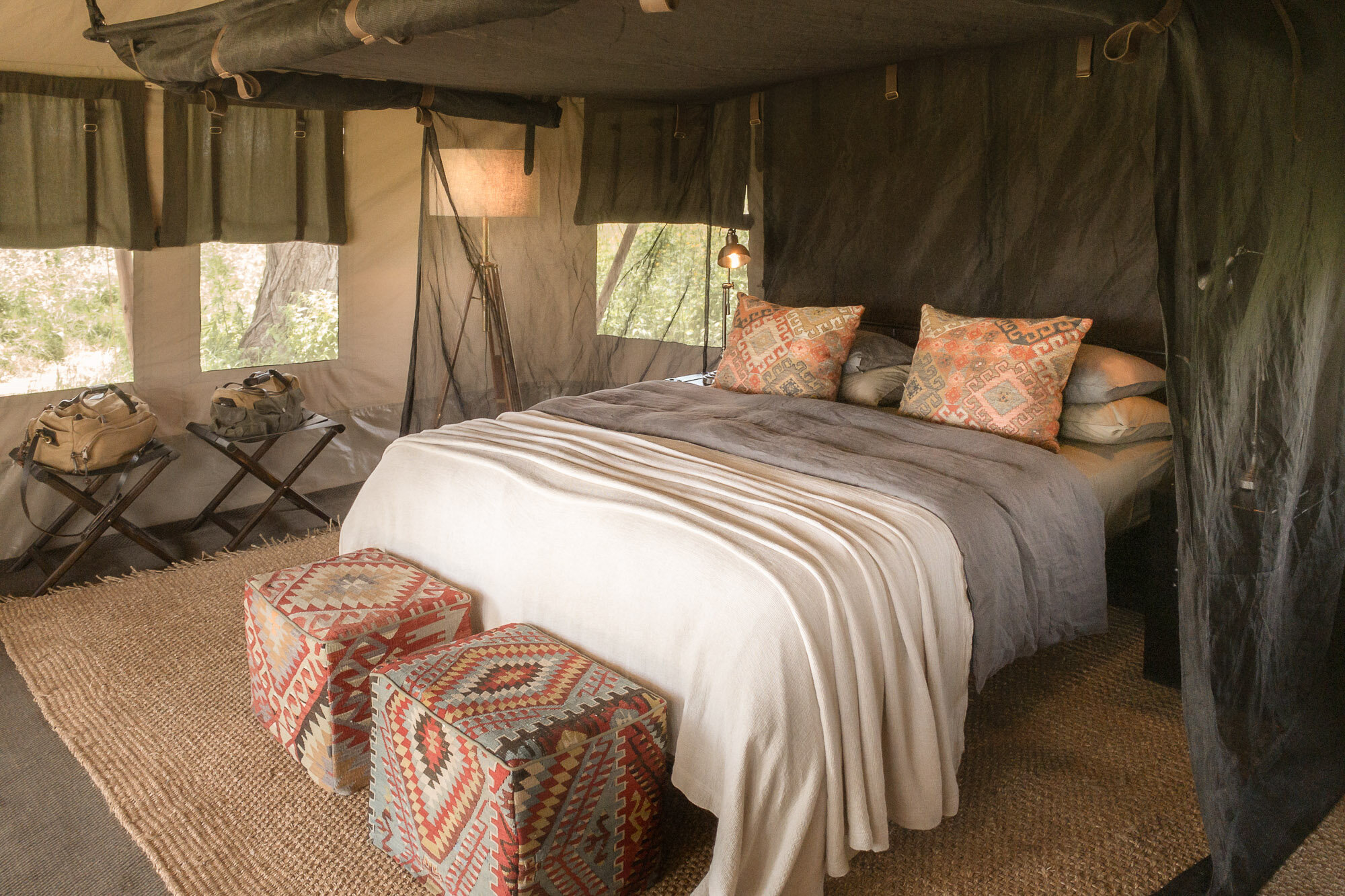
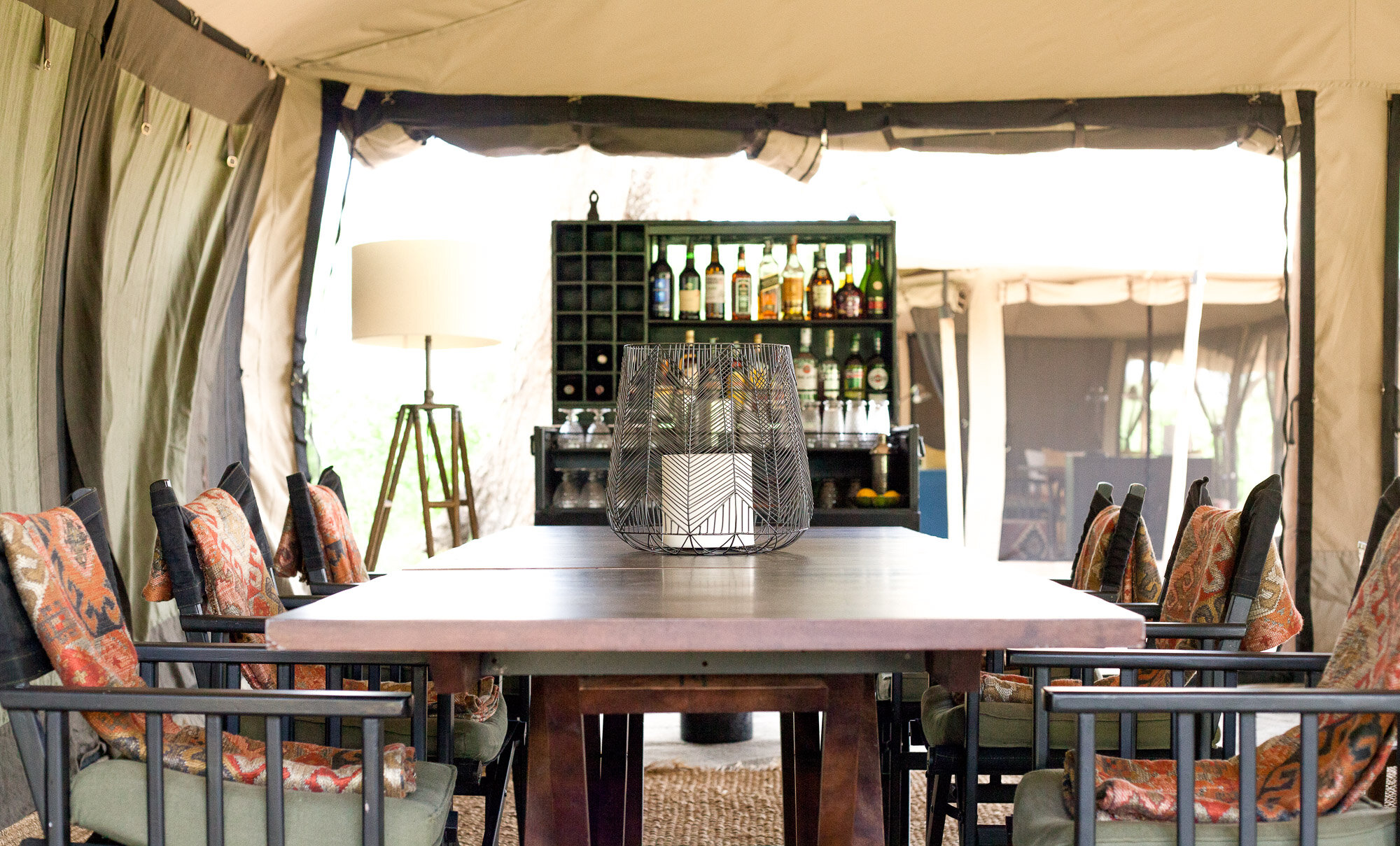


September 20, 2024 - Serengeti National Park (North) - Lamai Region north of the Mara River
Another full day in the Serengeti. The most social of the big cats, lions live in groups called prides, comprised mostly of females and cubs and only 1-2 adult males. Typically prides have 6-12 lions, but can sometimes have more than 30 members. Superior hunters, lionesses inherit the same territories as their mothers while young males roam until they drive out old males from other prides to take over leadership. As lionesses hunt in groups and often at night, you are more likely to see prides as they languidly stretch out in the brush, underneath an acacia tree, or in the shade of a large rock formation. Particularly in the Serengeti, males who reside around savannahs and plains develop large dark manes as they grow older. The lion’s roar, a familiar sound in the Serengeti at night, can be heard from over five miles away.
Overnight at Nyasi Migration Camp, northern Serengeti
September 21, 2024 - Serengeti National Park (North) - Lamai Region north of the Mara River
Another full day in the Serengeti and on the north side of the Mara River.
September 22, 2024 - Serengeti National Park (North) - Kogatende Region south of the Mara River
Today you will move from the north side of the Mara River to the southern side of the river, which gives you more areas to search for large herds of wildebeest and zebra, as well as the big cats. You will fly between the Lamai region of the northern Serengeti to Kogatende, which is only a short hop away.
Spend more time seeking out wildlife and exploring the Serengeti's rich landscapes. The so-called Big Five and the Great Migration are the most well-known of the Serengeti's offerings, but there is much more to see. Thousands of equally fascinating dramas of a smaller scale play themselves out on these endless plains. Overnight at
Overnight at Songa Migration Camp, northern Serengeti
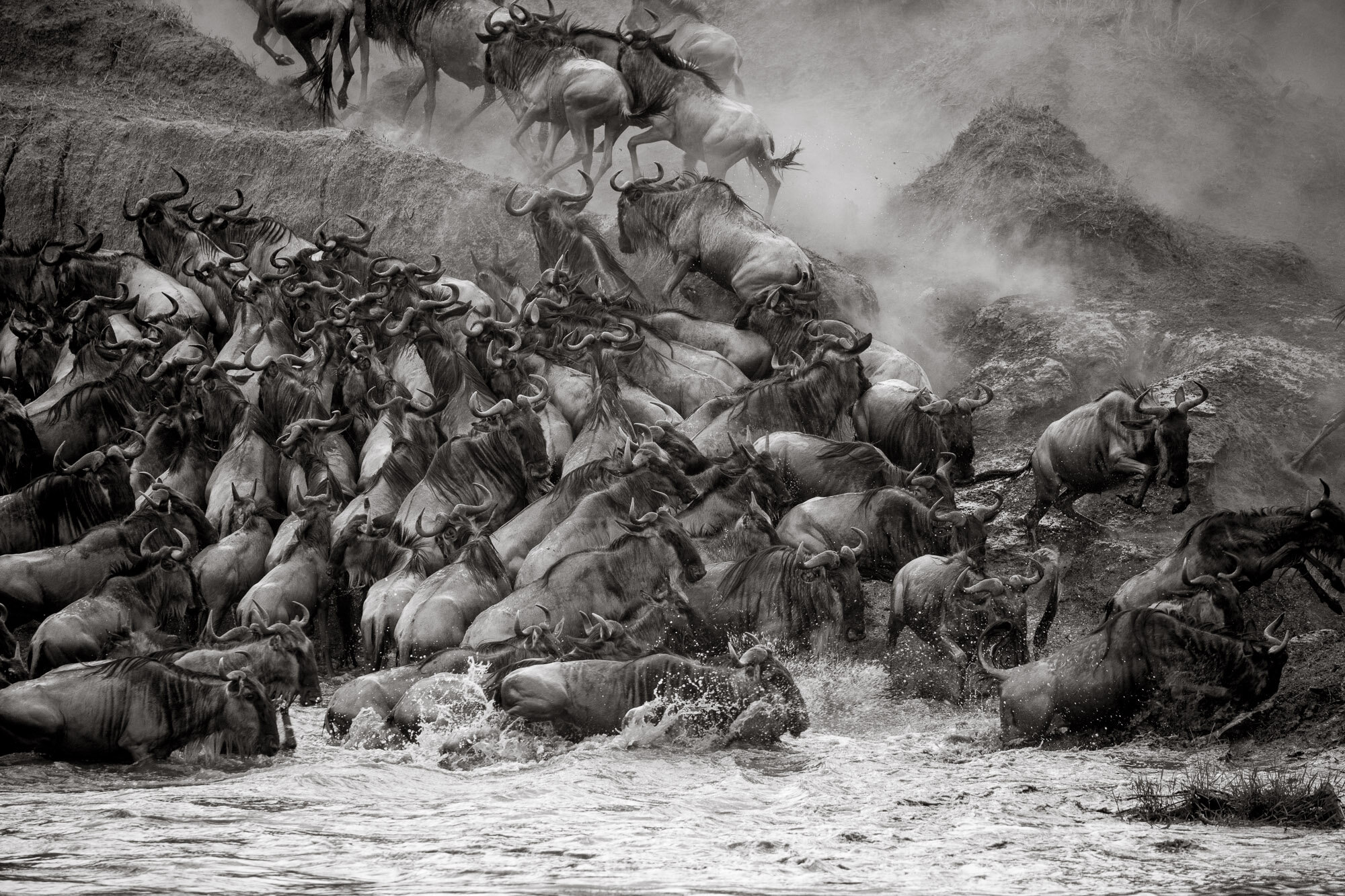
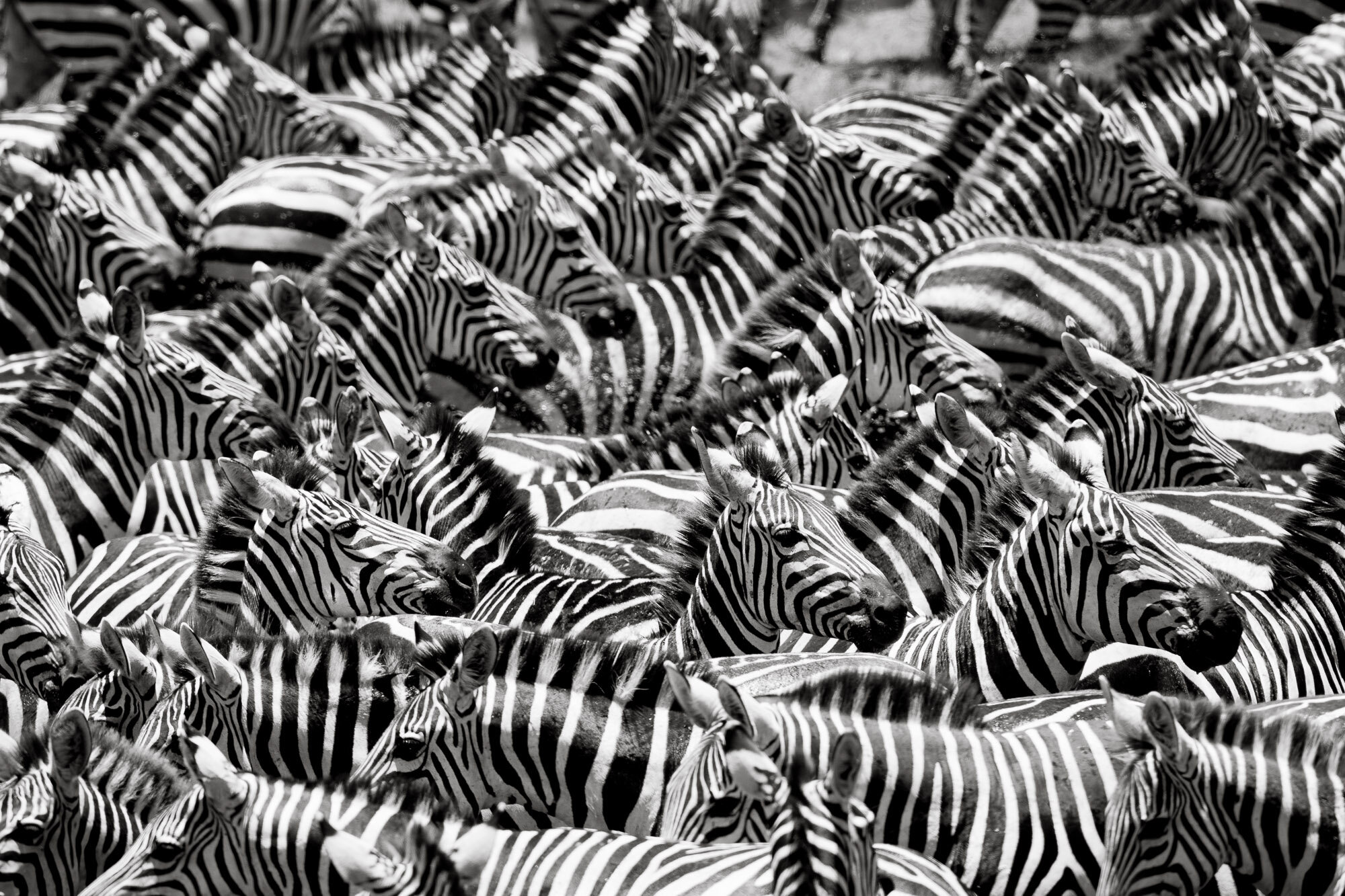
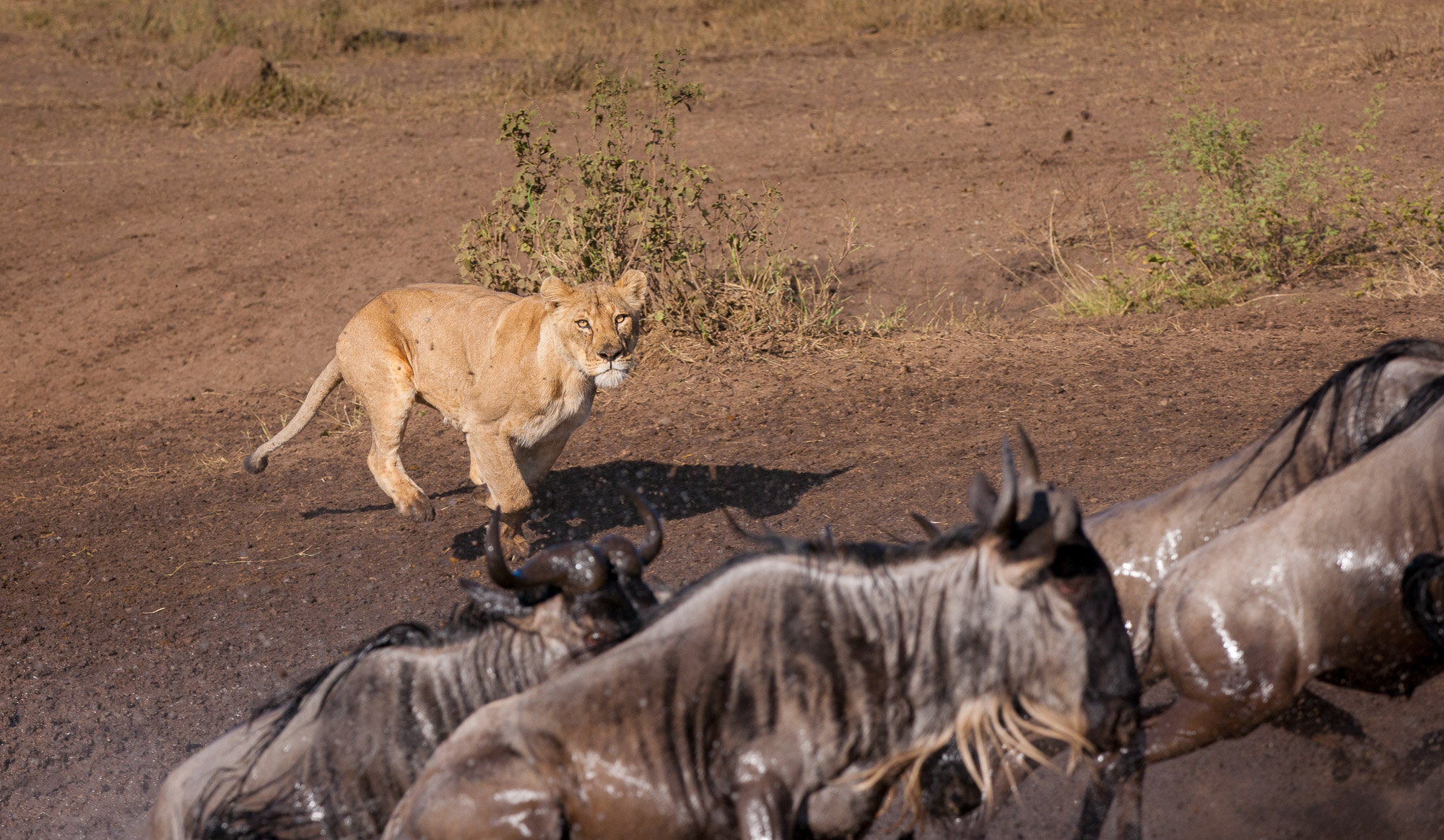
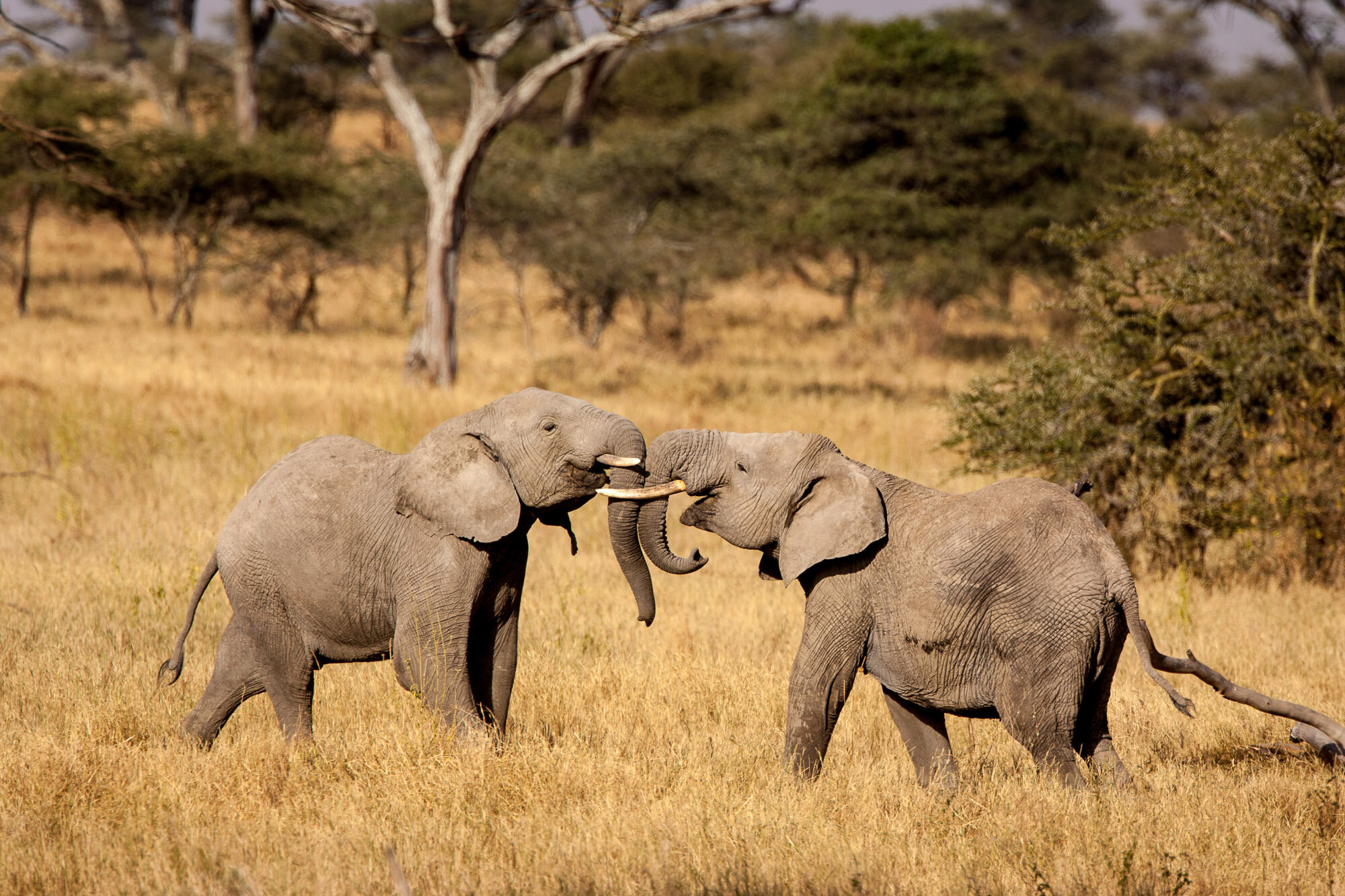
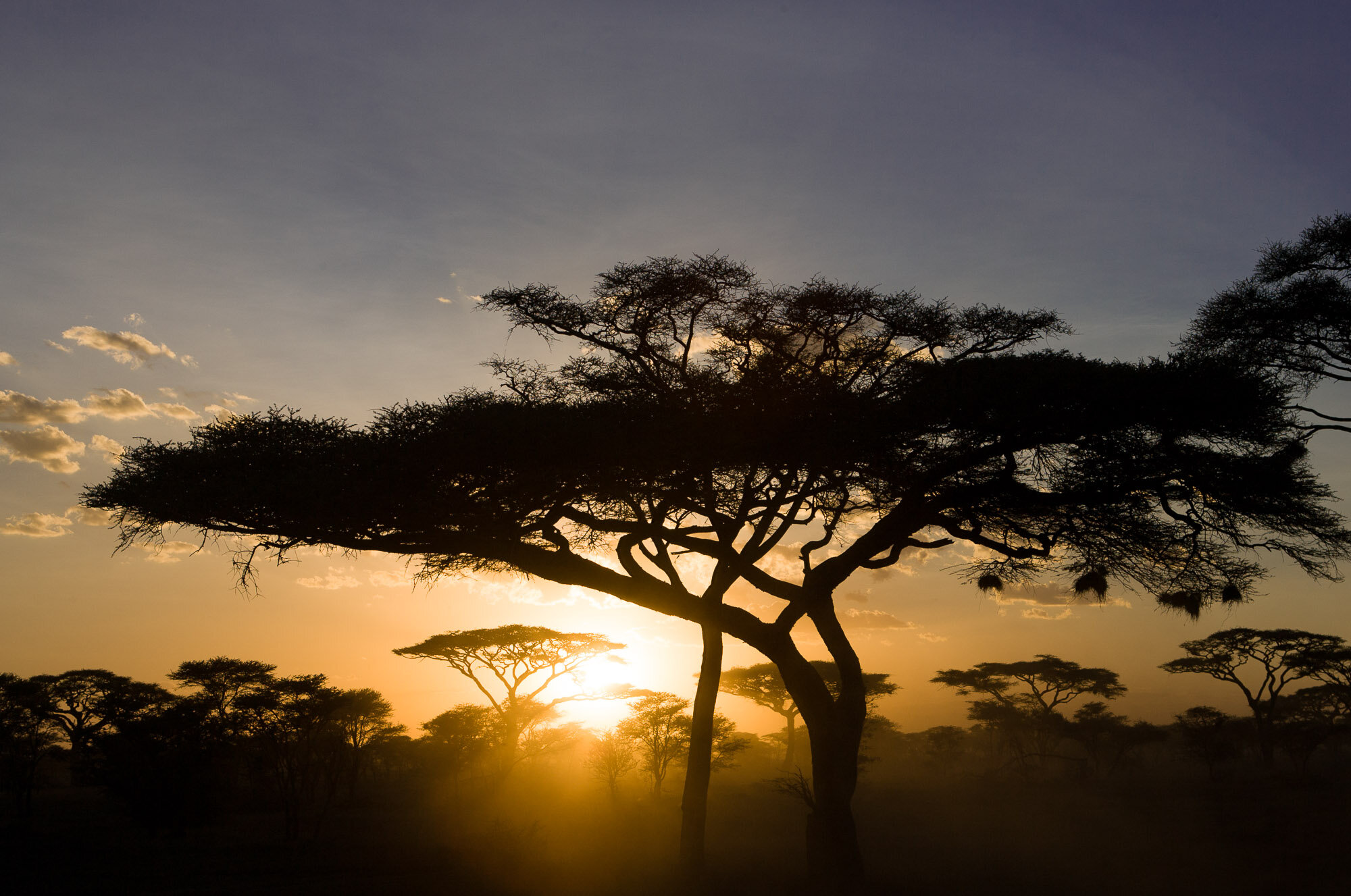
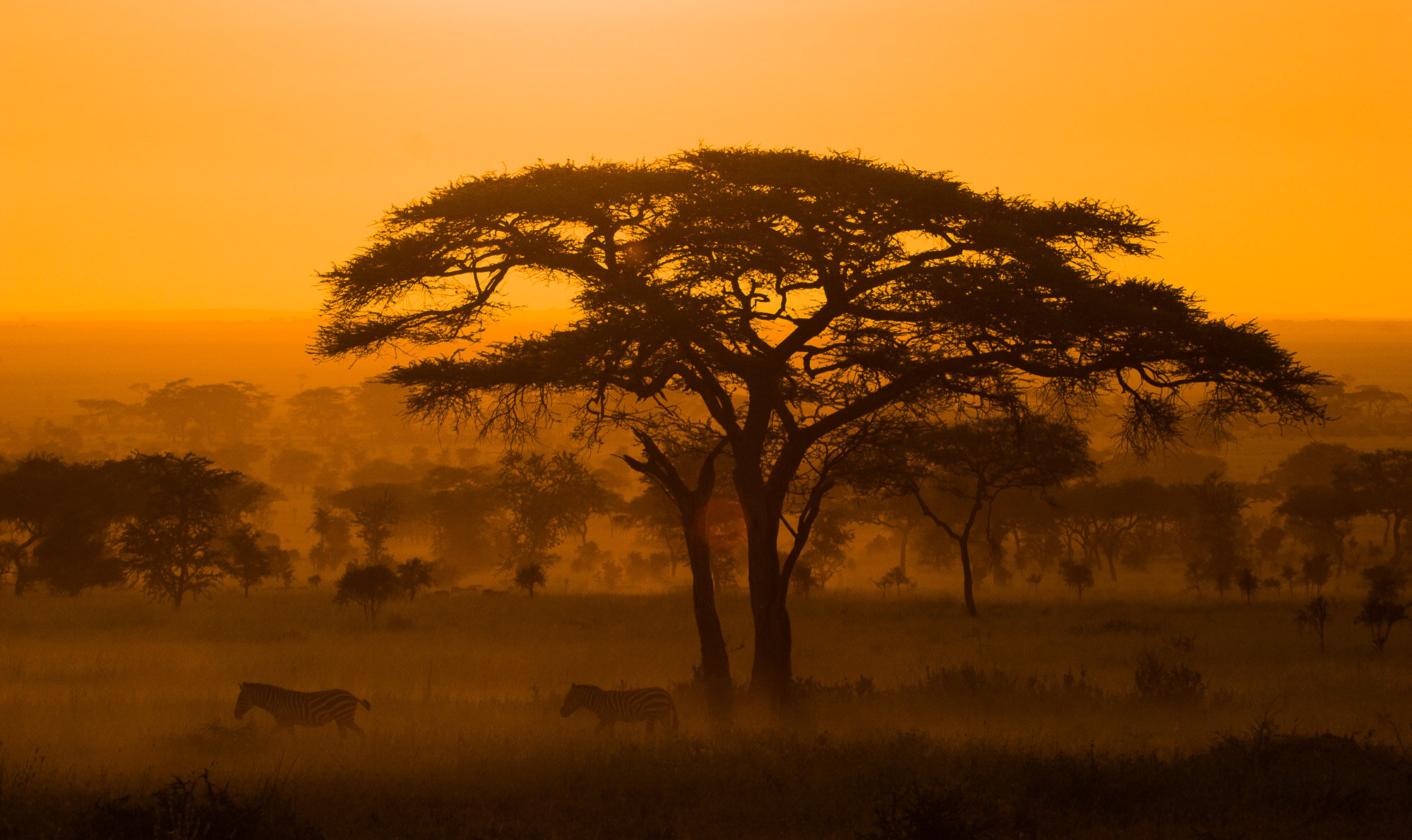
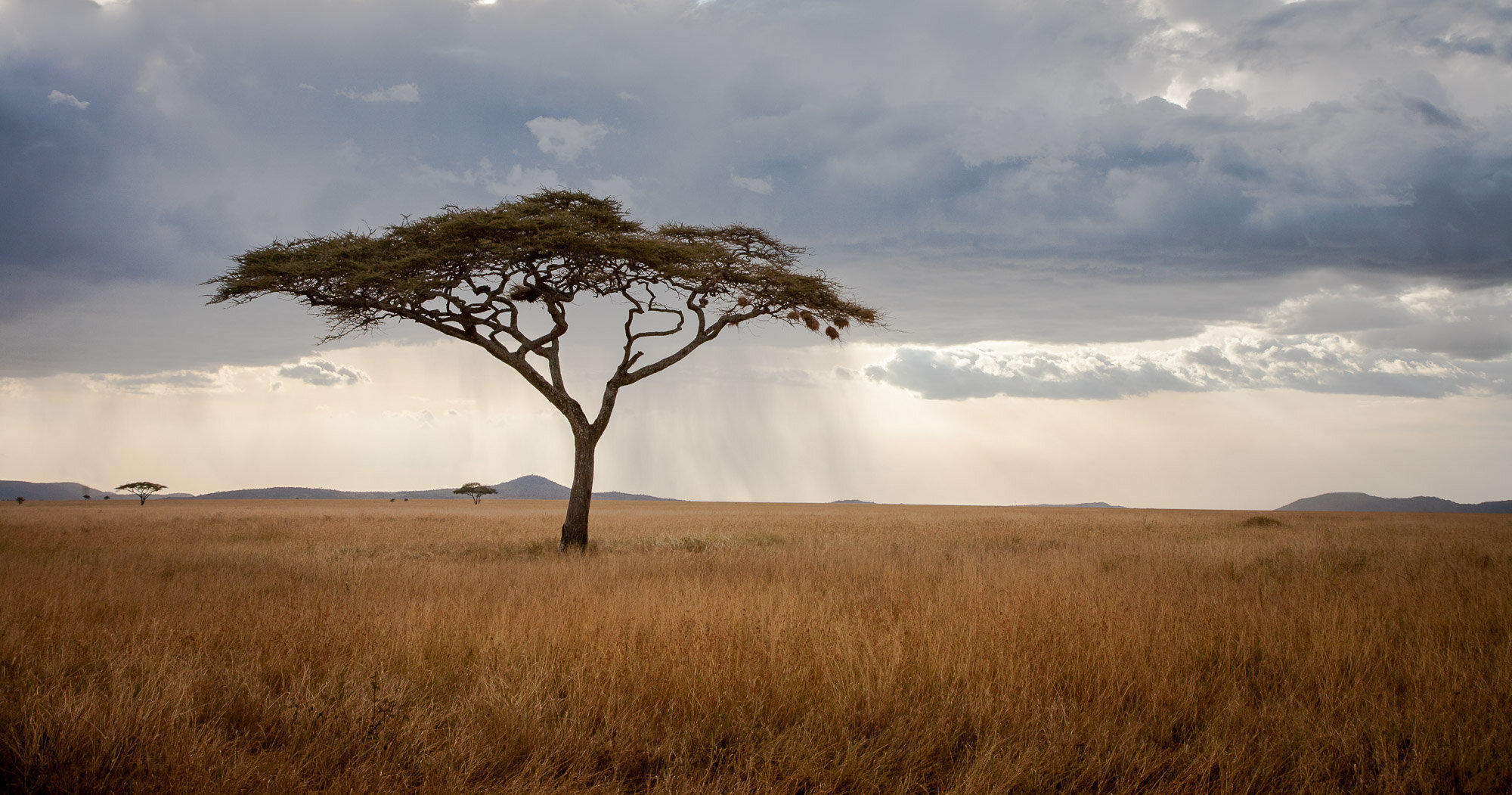


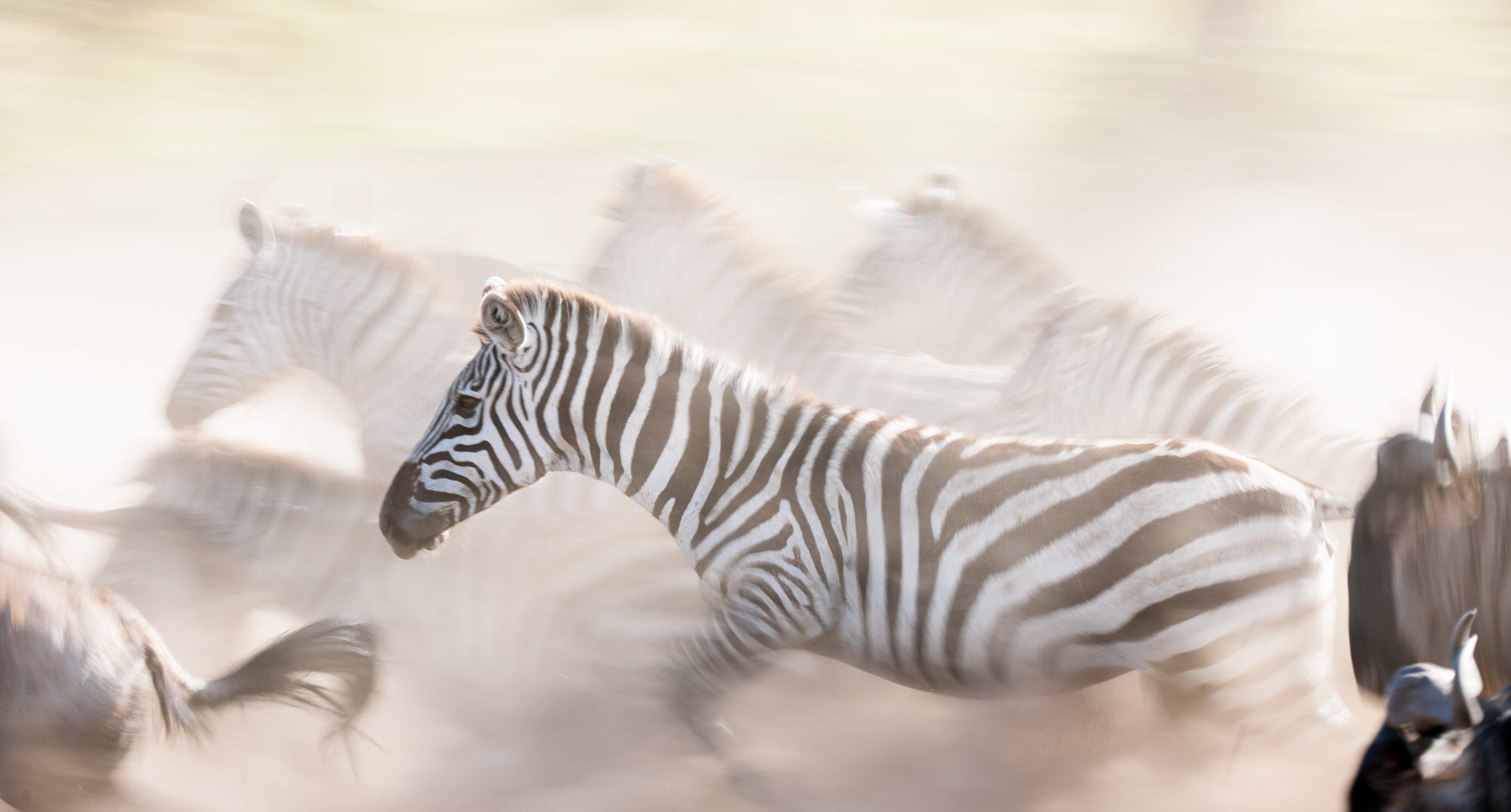
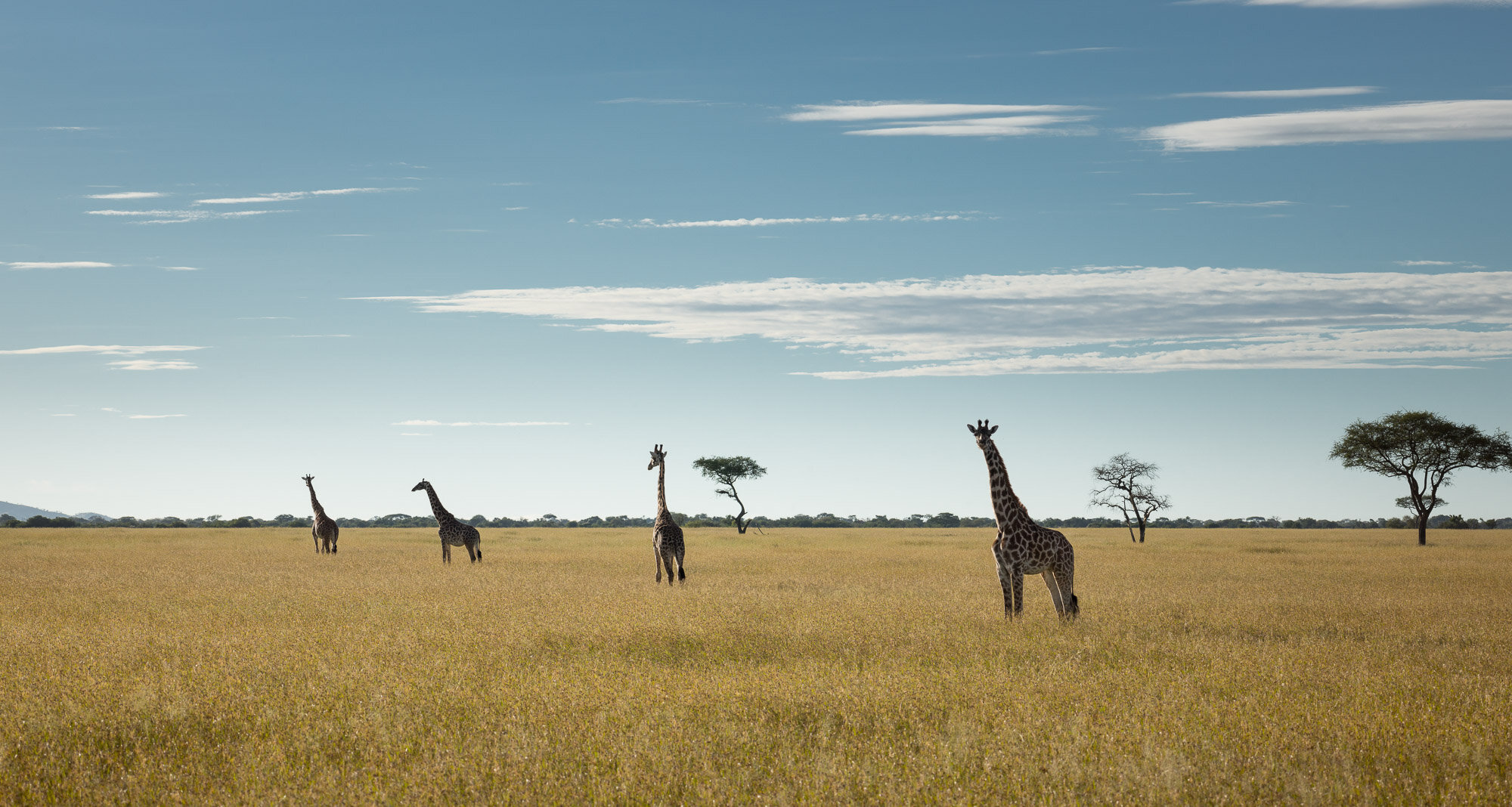
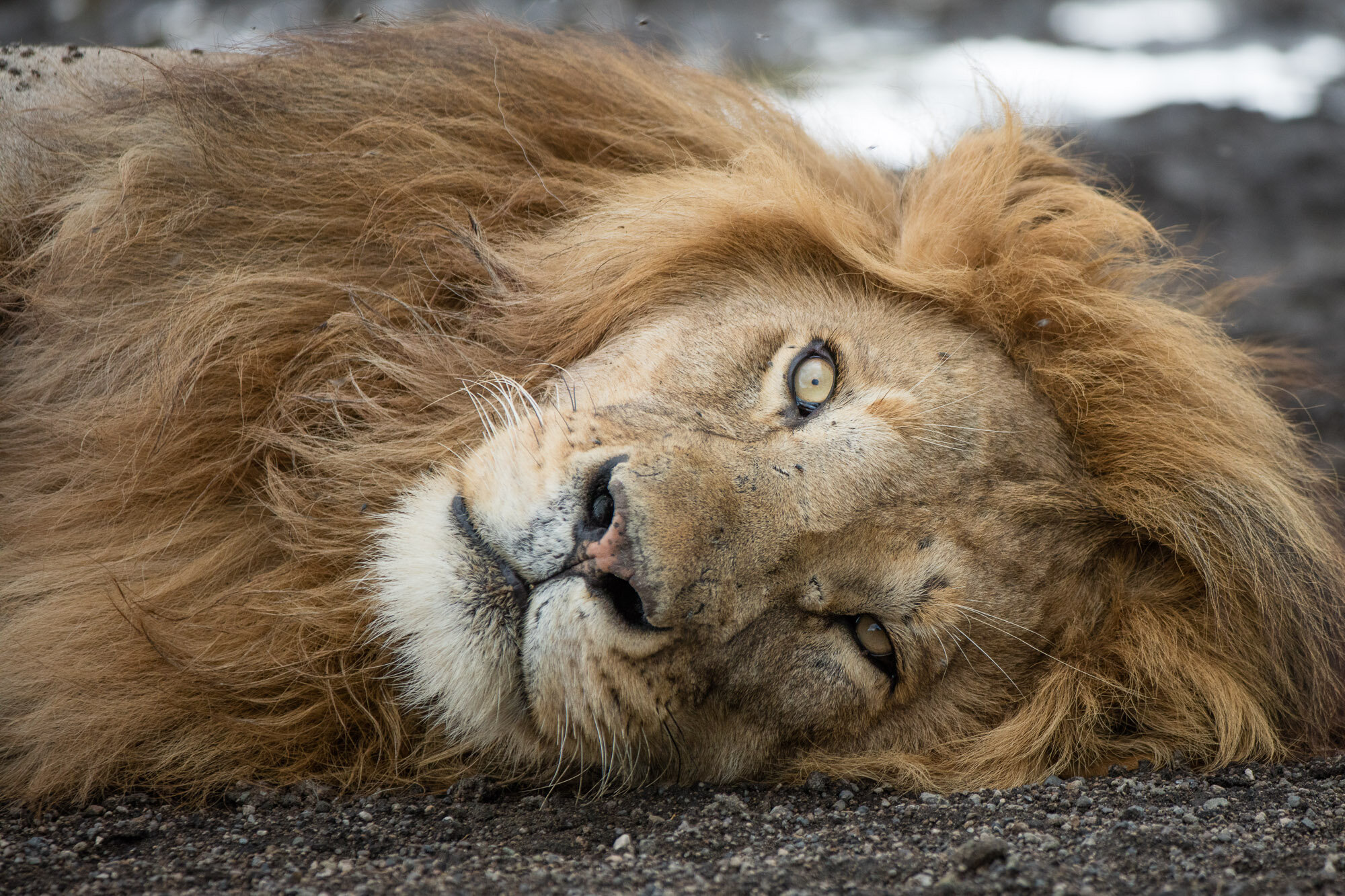
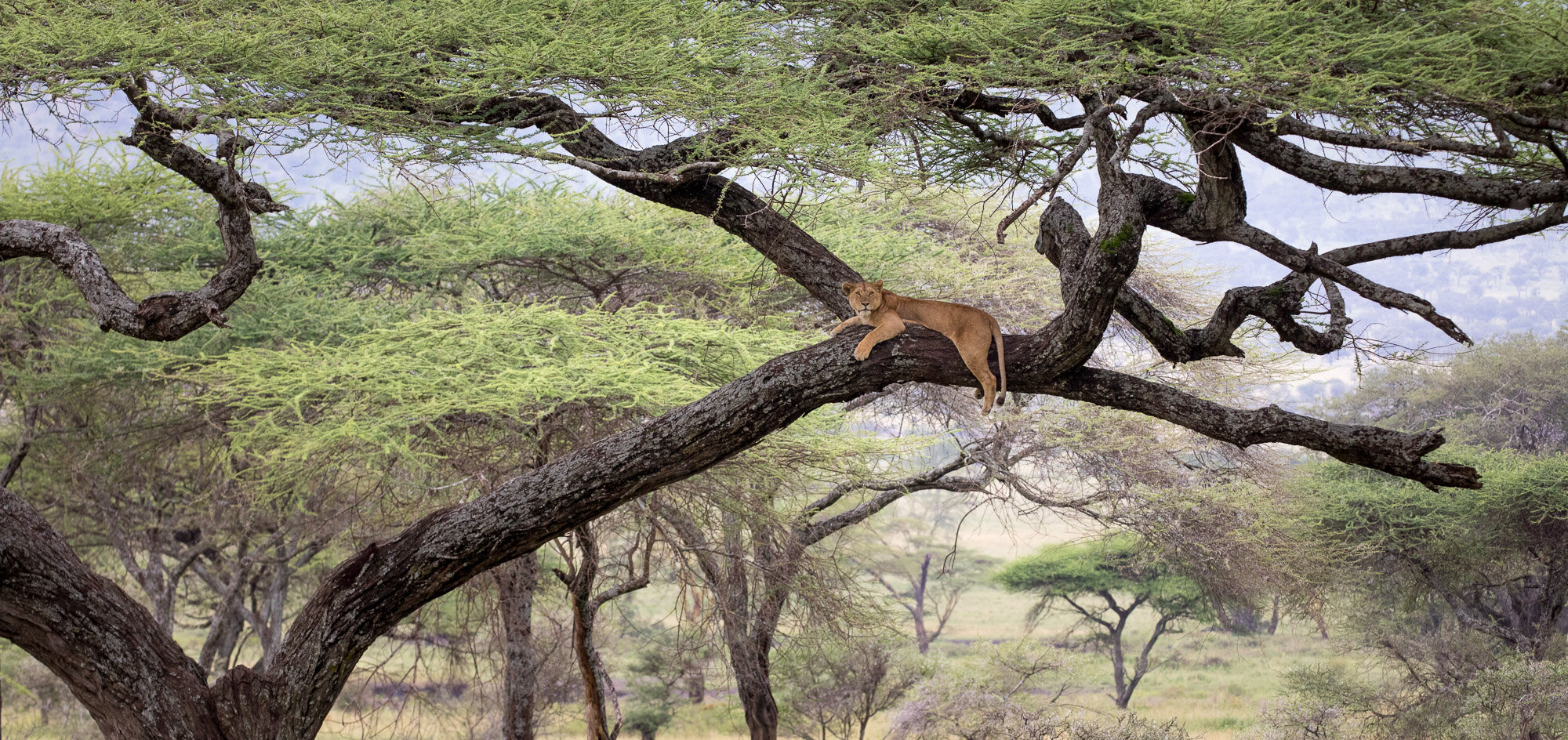
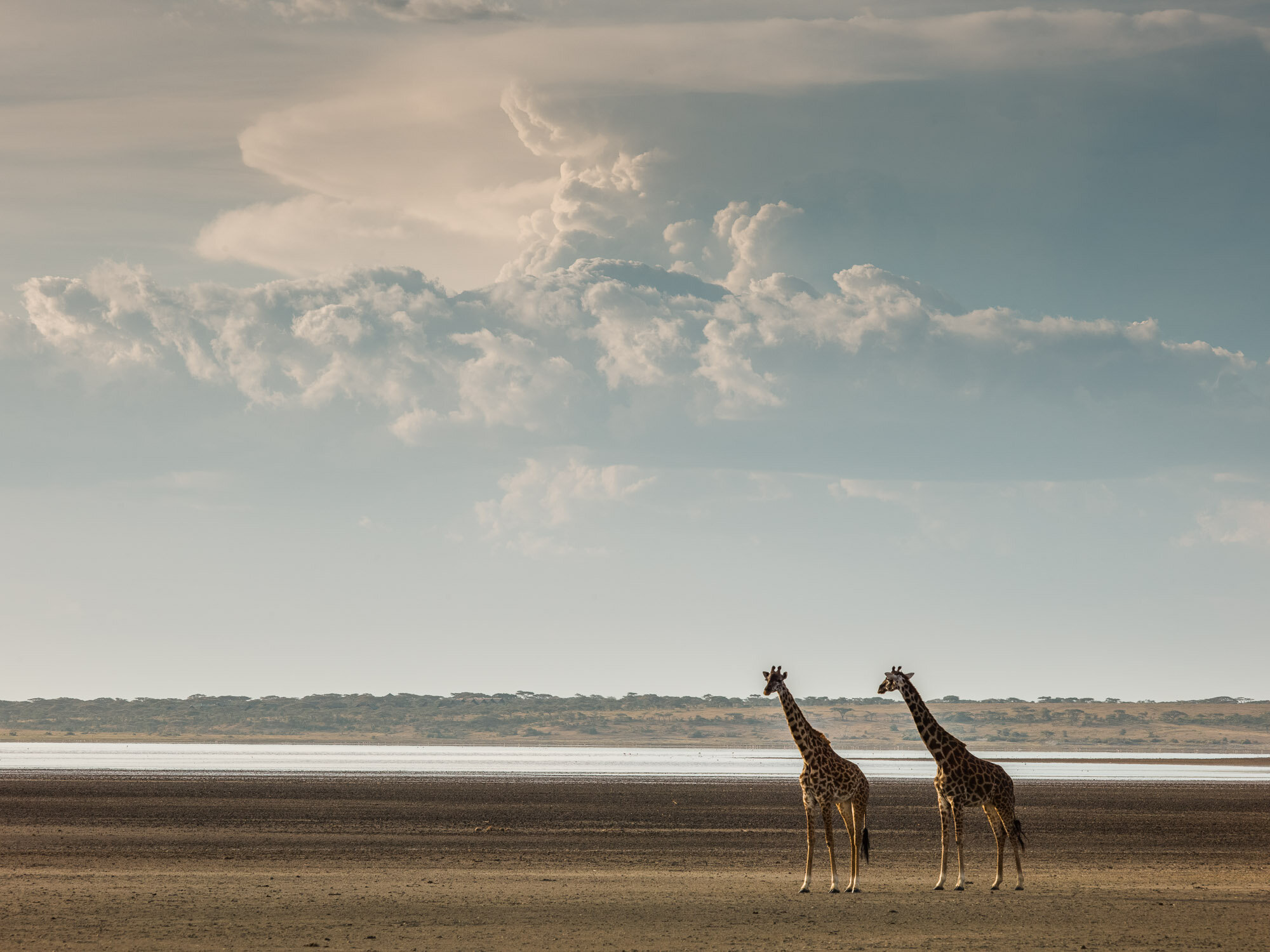
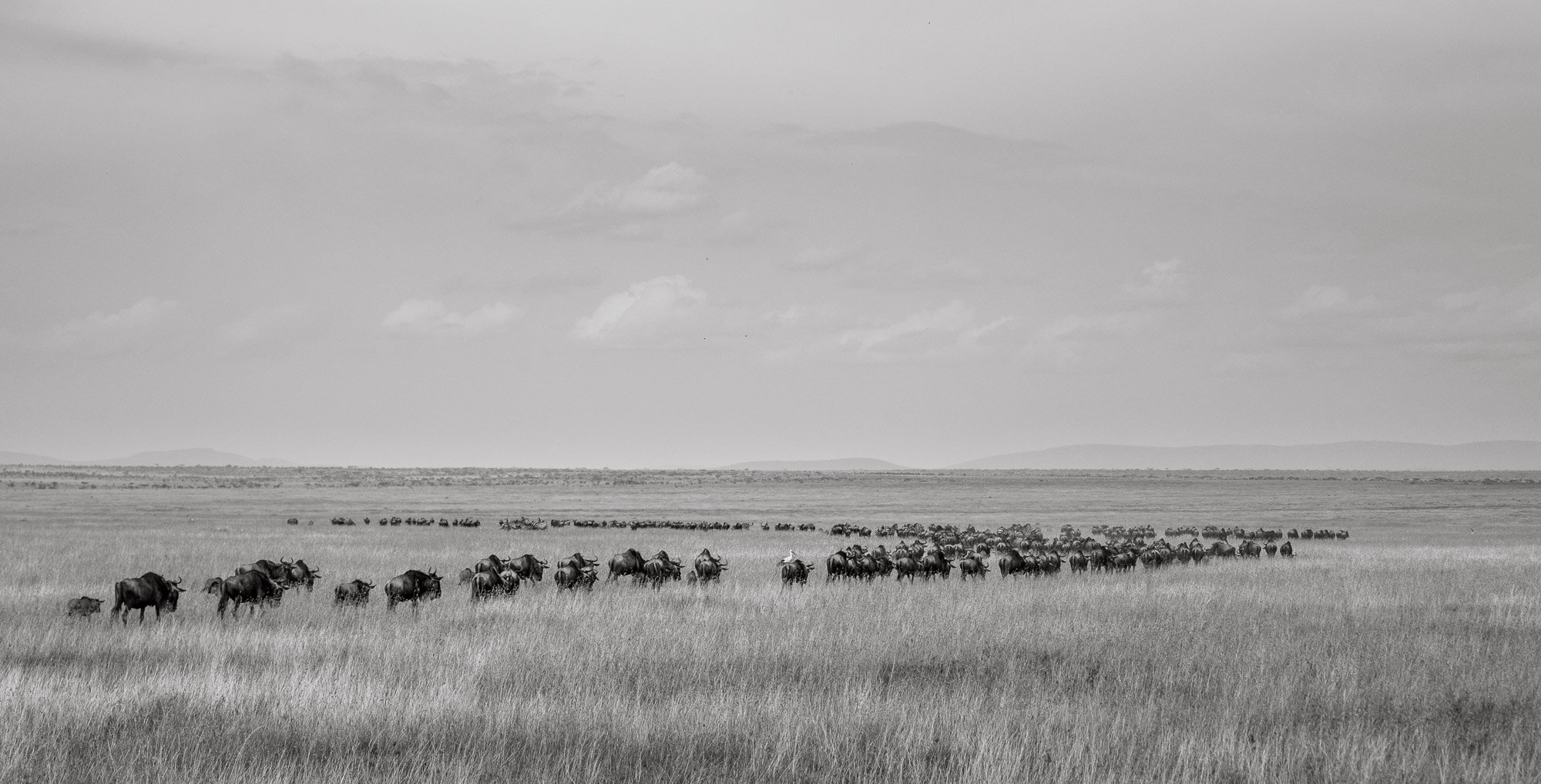
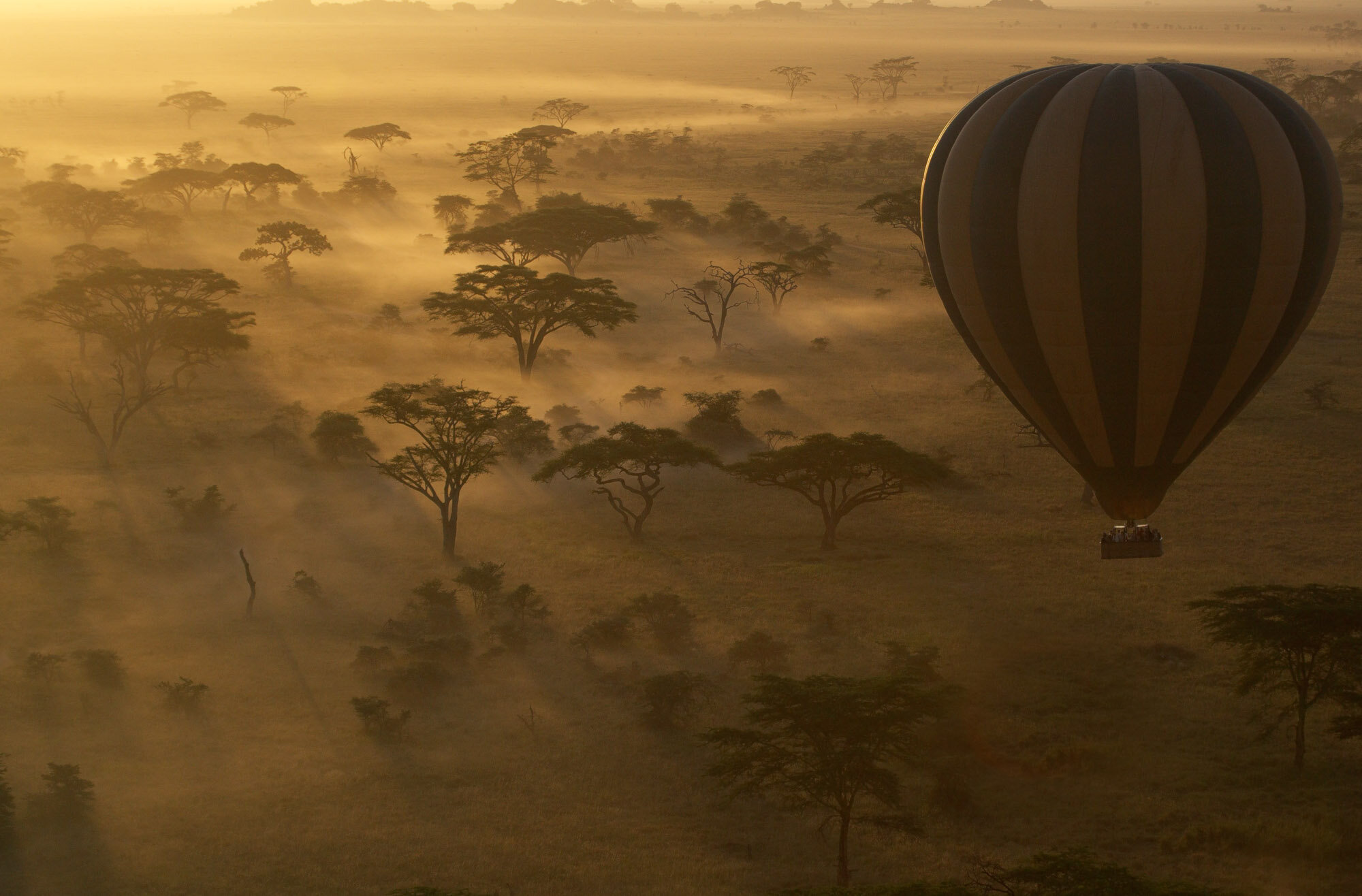
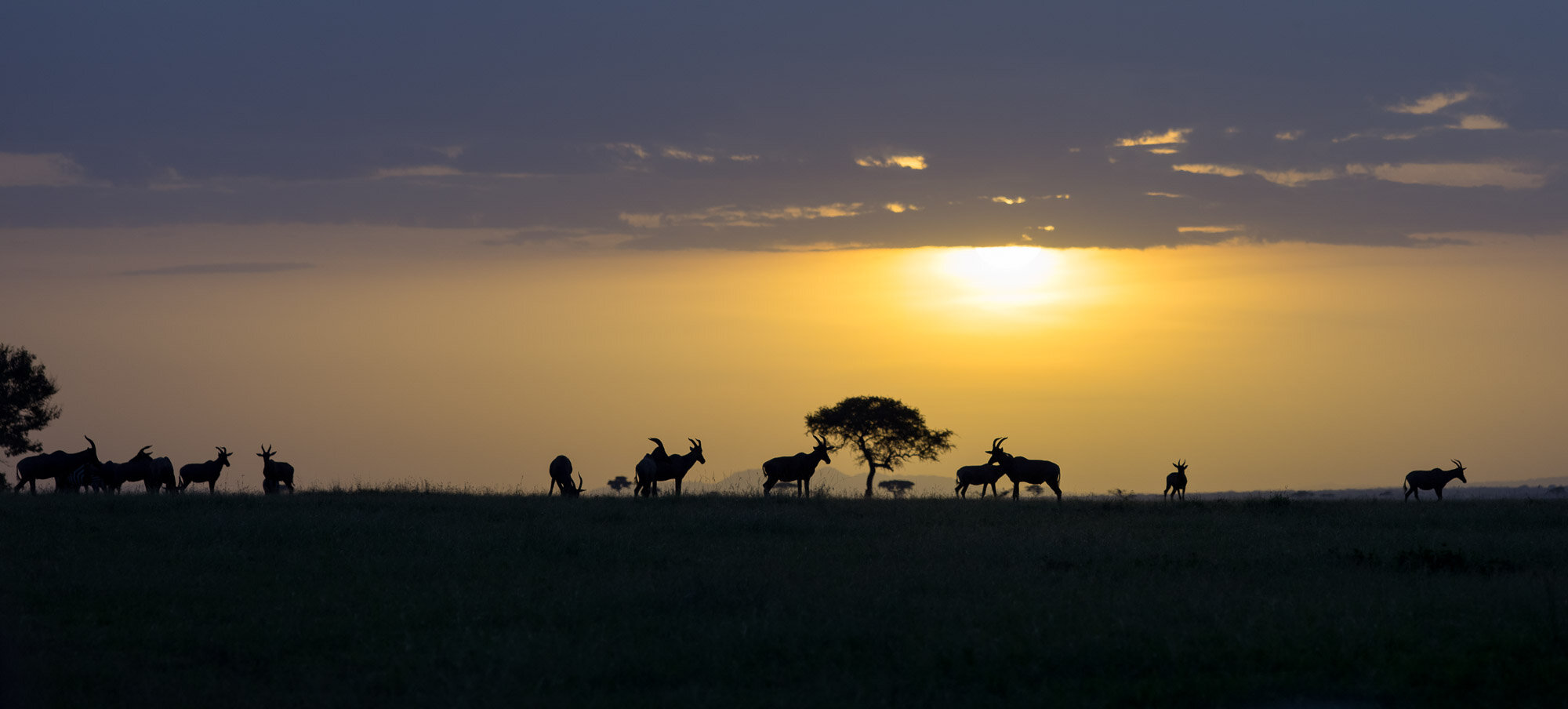
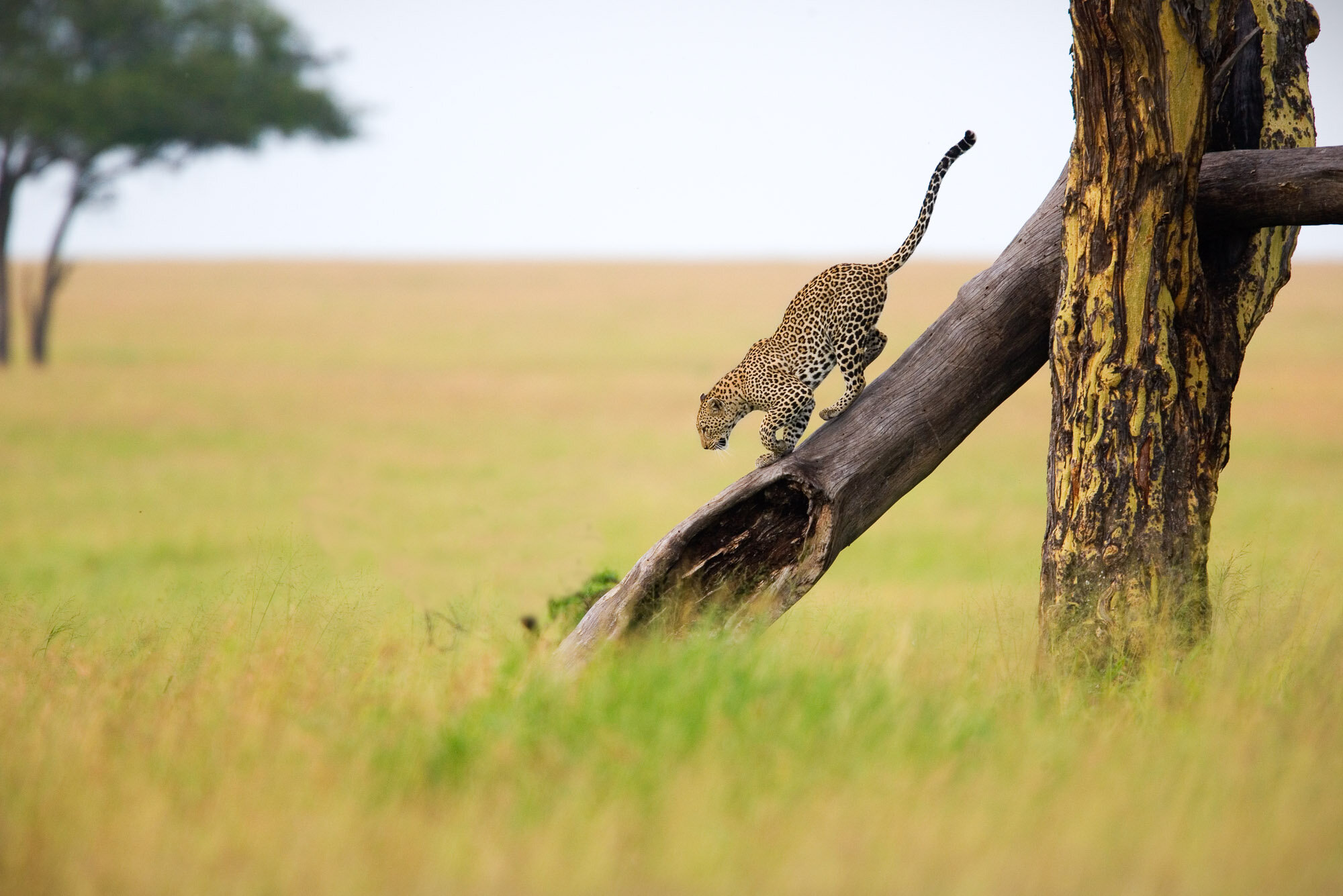
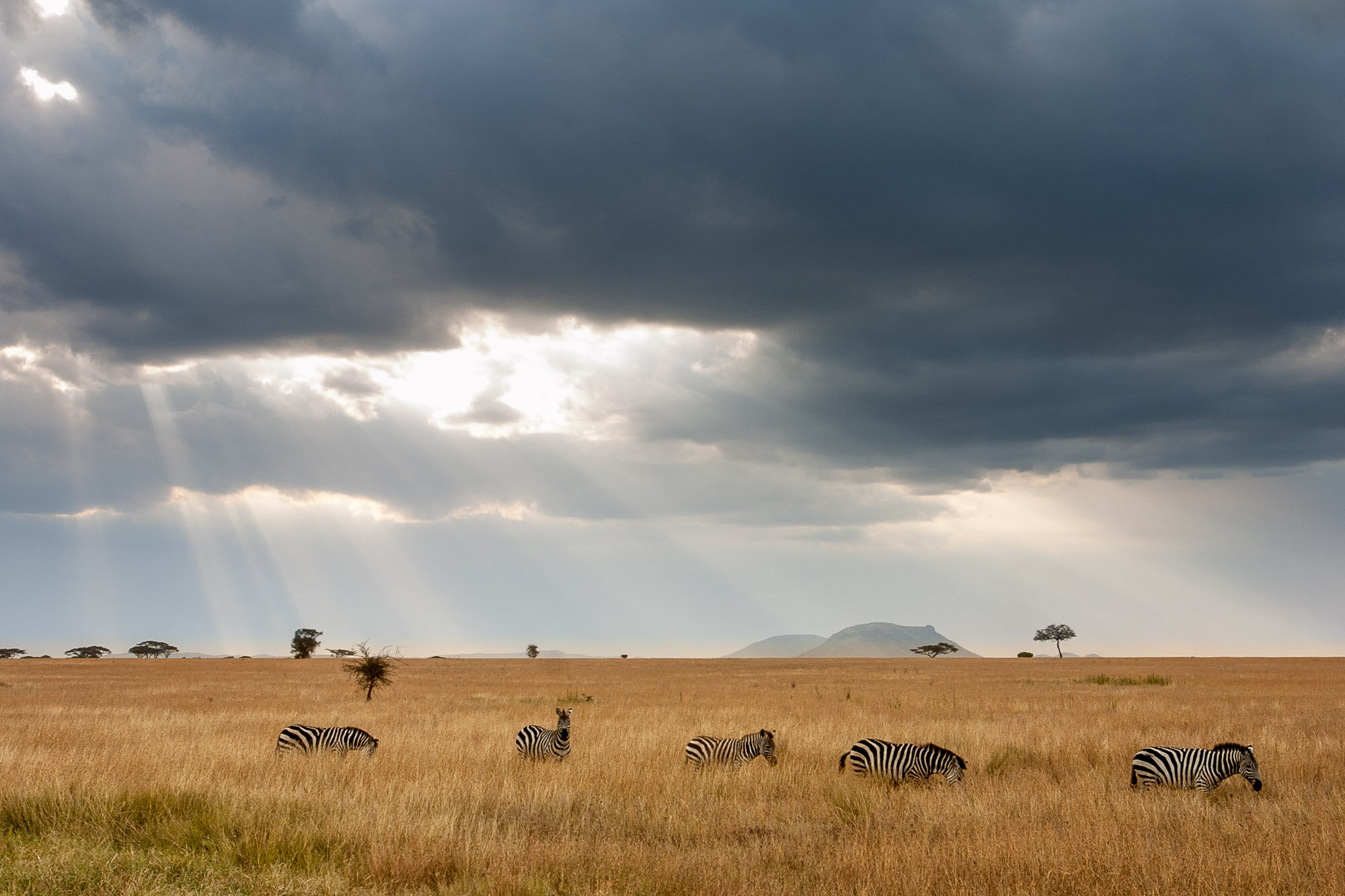
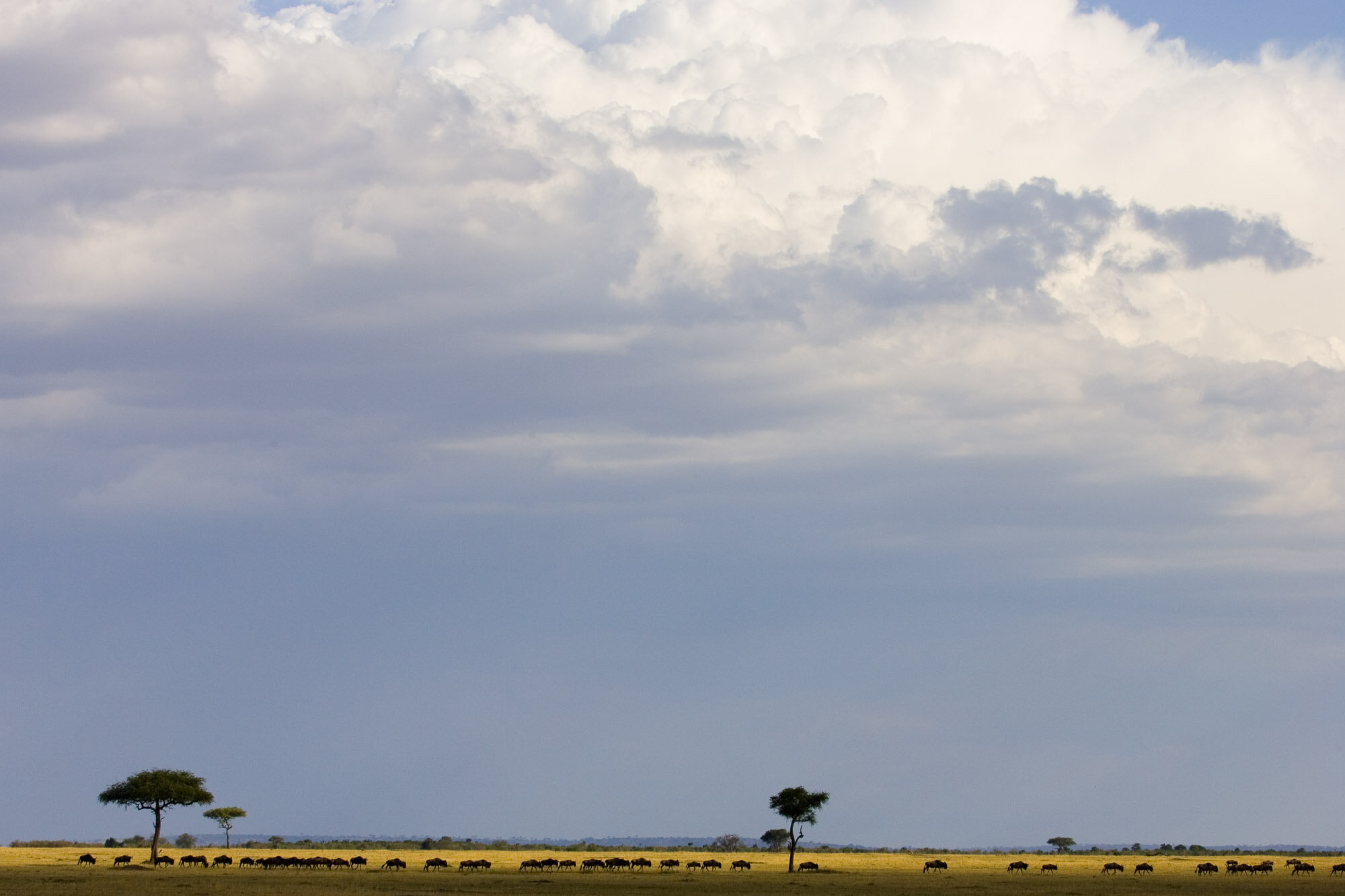
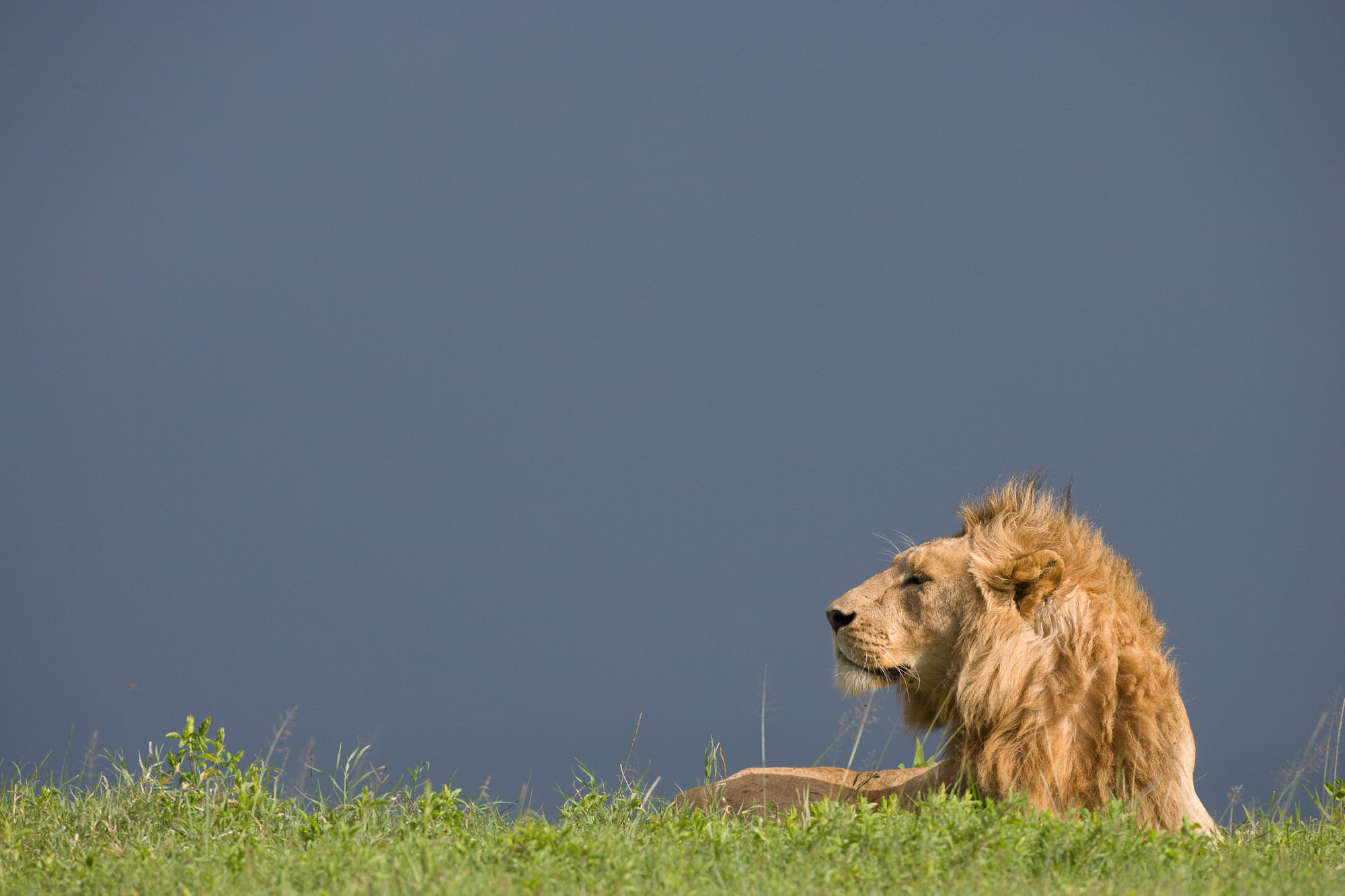
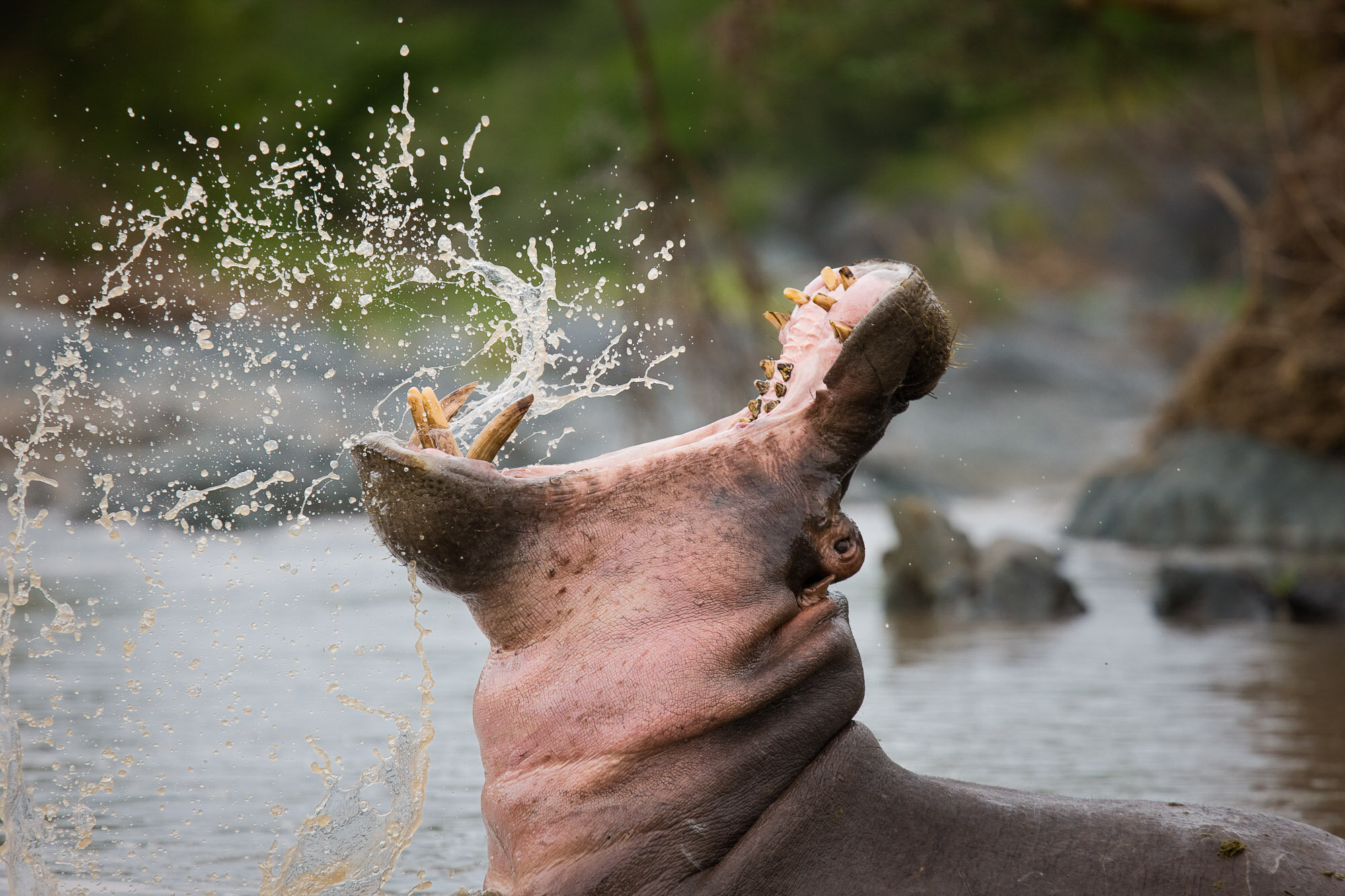
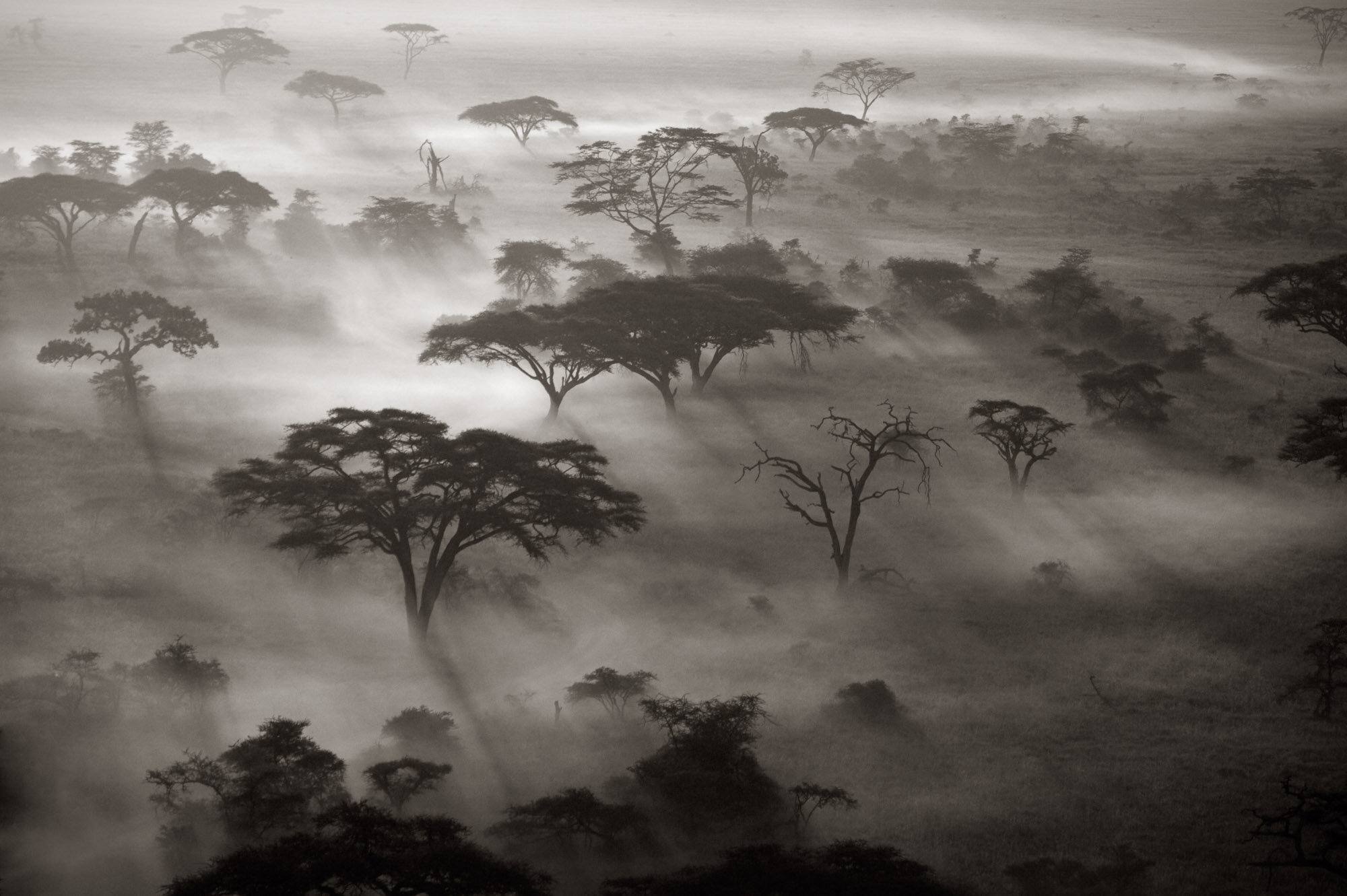
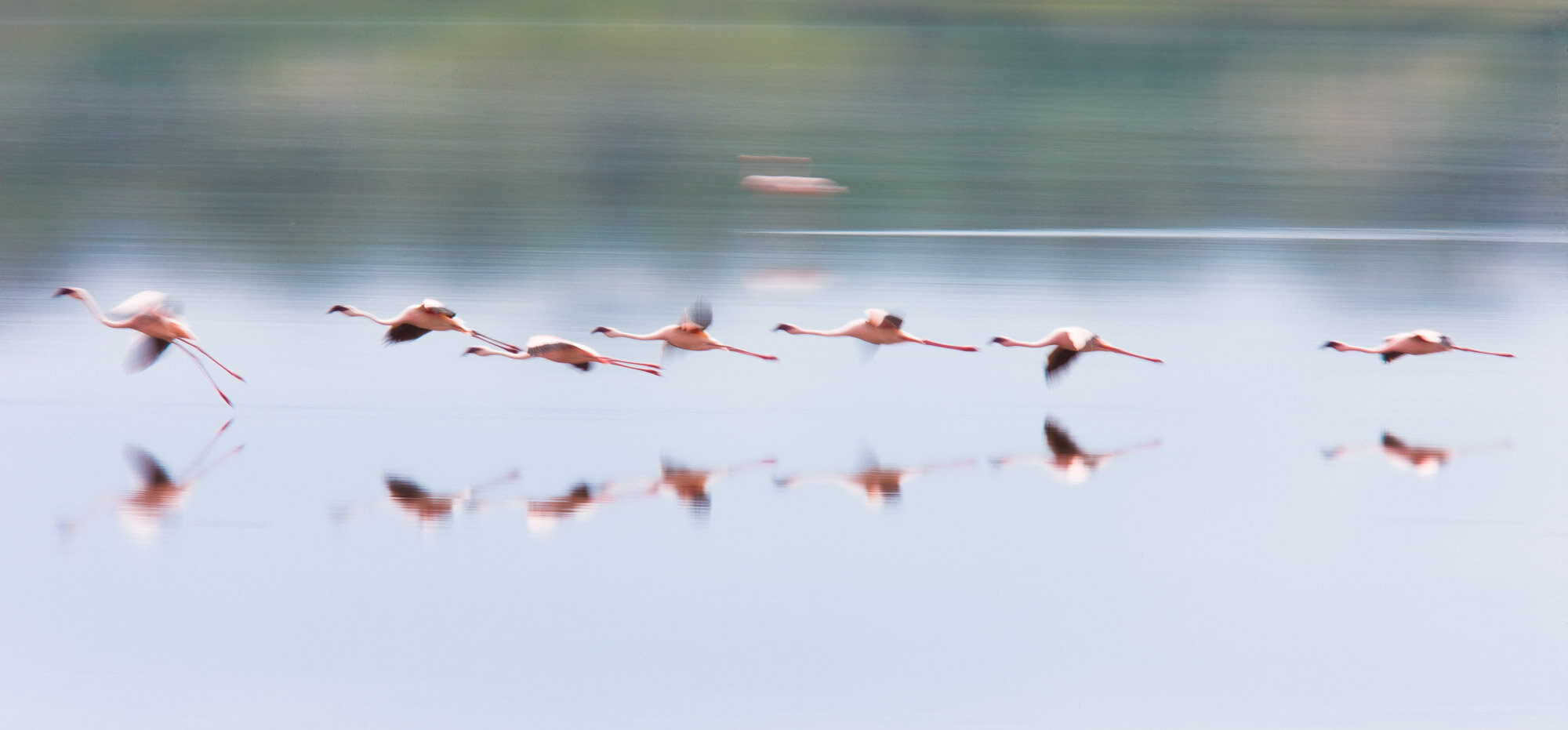
September 23, 2024 - Serengeti National Park (North) - Kogatende Region south of the Mara River
What is the story behind the Big Five? It actually has nothing to do with the size of the animals. In the 1800s, colonial trophy hunters named buffalo, rhino, elephant, lion, and leopard as the most difficult animals to hunt on foot. Thus, they were named the Big Five. Years later, tourism companies adopted the term and the list became the so-called five must-see animals while on safari. While it is possible to spot all the listed animals on your trip, leopard and rhino sometimes prove difficult to track down as they are both solitary, reclusive species. Ultimately, however, wildlife viewing in the Serengeti will be nothing short of amazing.
Big herds and big cats. That is what has made the Serengeti famous worldwide. Wildebeest, zebra, buffalo, and an array of antelope live and travel in large groups, or what are called herds. The herds can swell to hundreds of thousands at select times throughout the year as some of the animals migrate to new lands to get water and food. Lions also live in groups, which are called prides, and generally range from 6-12 animals. But some prides can have as many as 40 lions. Both cheetahs and leopards live completely solitary lives once grown. Both have orange-yellowish coats and black spots, but cheetahs are smaller than leopards and have distinguishing dark lines running from their eyes to their jaws. Cheetahs usually reside around open plains while leopards stick to wooded areas, where they can bring their prey into the branches for safe keeping.
Overnight at Songa Migration Camp, northern Serengeti
September 24, 2024 - Serengeti National Park (North) - Kogatende Region south of the Mara River
What is the story behind the Big Five? It actually has nothing to do with the size of the animals. In the 1800s, colonial trophy hunters named buffalo, rhino, elephant, lion, and
September 25, 2024 - Serengeti National Park to Arusha
Today is the last day in Tanzania, and we will have wildlife viewing en route to the airstrip for our flight back to Arusha Airport, where we will be met and driven back to Legendary Lodge. We have arranged for day rooms for everyone, so you can use your time as you see fit. Clean up, repack your bag, have an enjoyable meal, work out in the gym, go for a swim or relax on your porch of your cottage. We will transfer to you Kilimanjaro International Airport in time for your international flight back home.
NOTE: Customized extensions to this safari, including Kenya, mountain gorillas in Rwanda, additional time on safari in Tanzania, Cape Town, Victoria Falls and other destinations may be arranged through us as desired. Ask us for further information.
The Cost
The cost of this all-inclusive safari is $14,750 per person. This fee includes all in-country ground and air transportation as well as hotel accommodation (double occupancy) and all meals.
Due to the limited number of spaces available, if a solo guest is willing to share a room and we can match with another guest of the same gender, we will do so. If a solo guest is unwilling to share, then a single supplement will be charged $2,800 (please contact us if you would like to have your own accommodation as we have a very limited number of single slots available).
Please note: We will attempt to adhere to this itinerary as much as possible. However, certain conditions (political, climatic, environmental, cultural, or wildlife migrations) may necessitate changes in the itinerary. We reserves the right to alter any itinerary at any time, if necessary. We will attempt to notify participants of changes as far in advance as possible. Costs incurred by such changes will be the responsibility of the participant.
What Do I Do Next?
This group will be super small so space is limited. If this exciting trip has your name on it; if you're excited by the thought of becoming a member of this trip, then now is the time to register. Remember, there will be limited space available for this workshop. When they're spoken for, that's it. If you have any questions before registering, send us an e-mail with any inquiries to hello@andybiggs.com.
Trip Details
Safari Leaders: Andy Biggs
Dates: September 17-25, 2024
Cost: $14,750 (sharing)
Single Supplement: $2,800
What's Included?
Guiding by Andy Biggs
Accommodations Based on Double Occupancy
All Park Fees
Services of Professional Safari Guides and Drivers
Safari Briefings and photographic instruction Throughout Your Trip
Land Transportation in a Customized, 4-Wheel Drive Safari Vehicle
Guaranteed Window Seating in Safari Vehicles
Maximum of 1 Traveler per row
Airport Transfers
Alcoholic and non alcoholic beverages
Baggage Handling
What is Not Included?
International Round-Trip Flight to Tanzania
Fees for Passport, Visa, or Immunizations
Cost of medical insurance (required. We can assist with this)
Tips for Guides, Drivers, and Camp Staff


